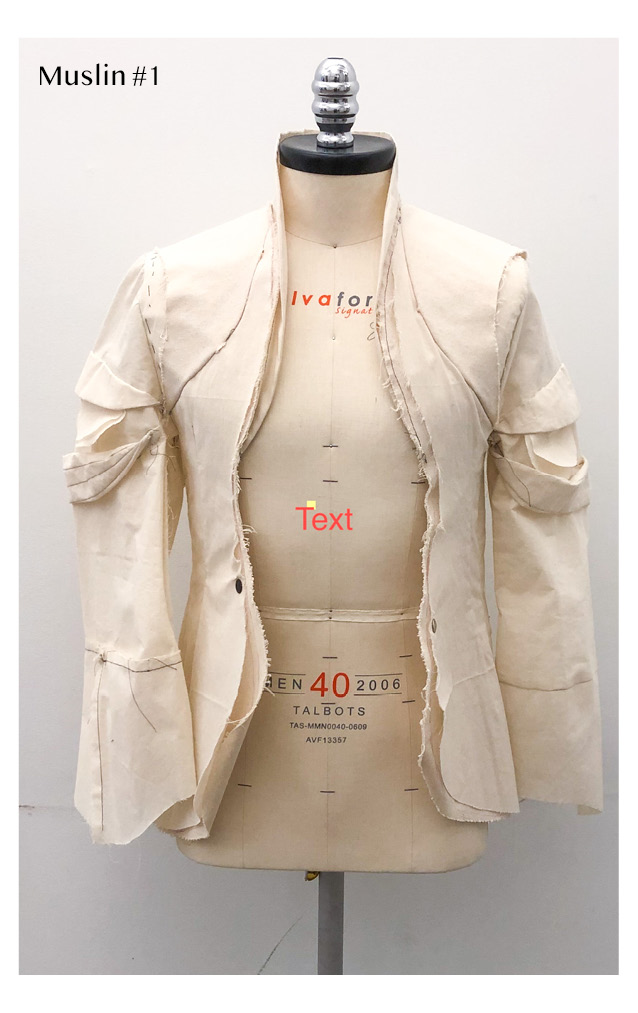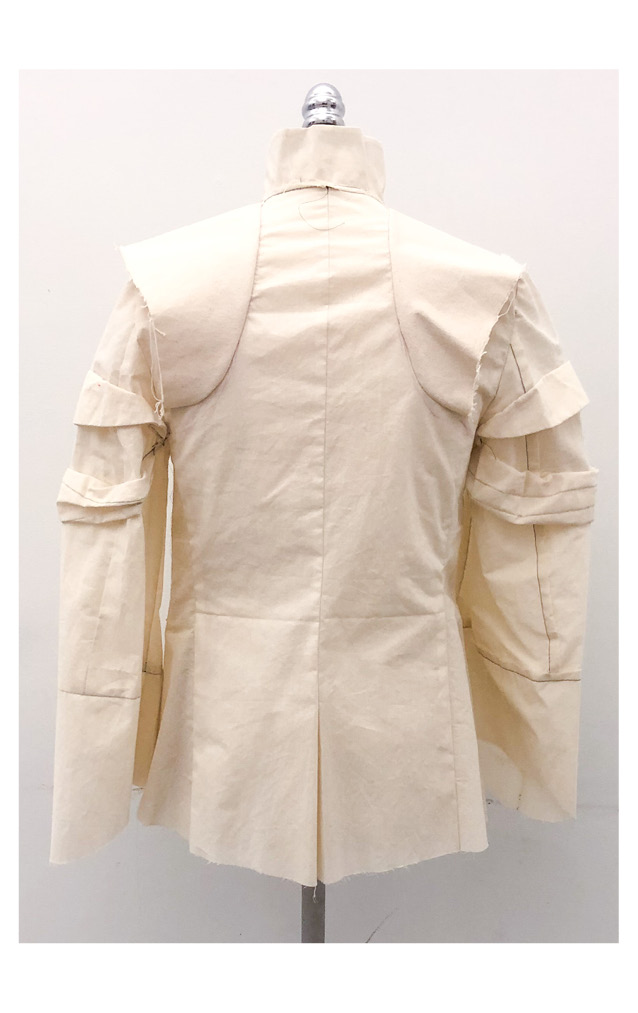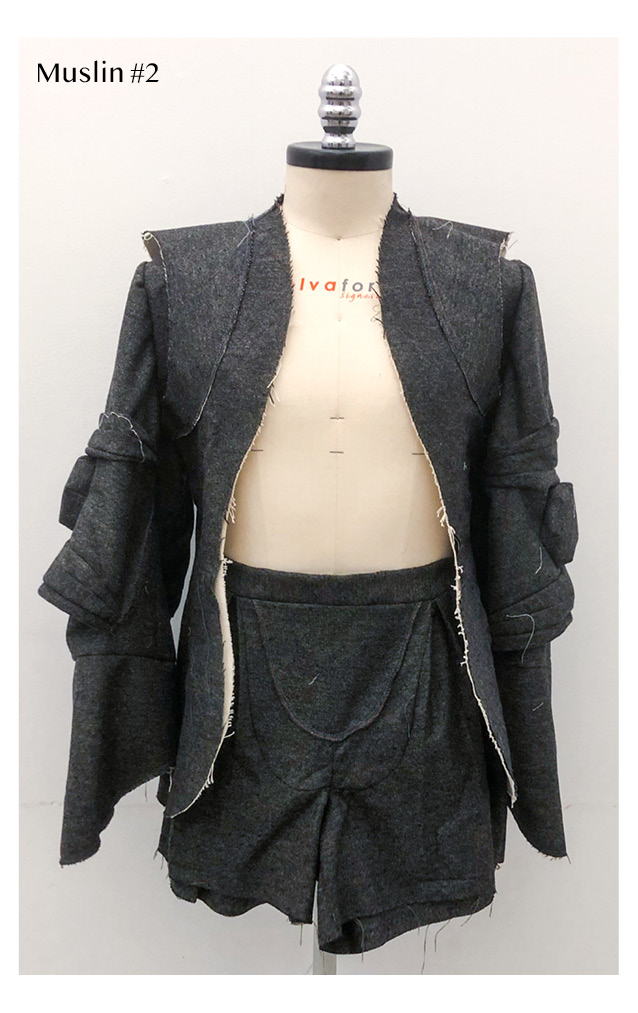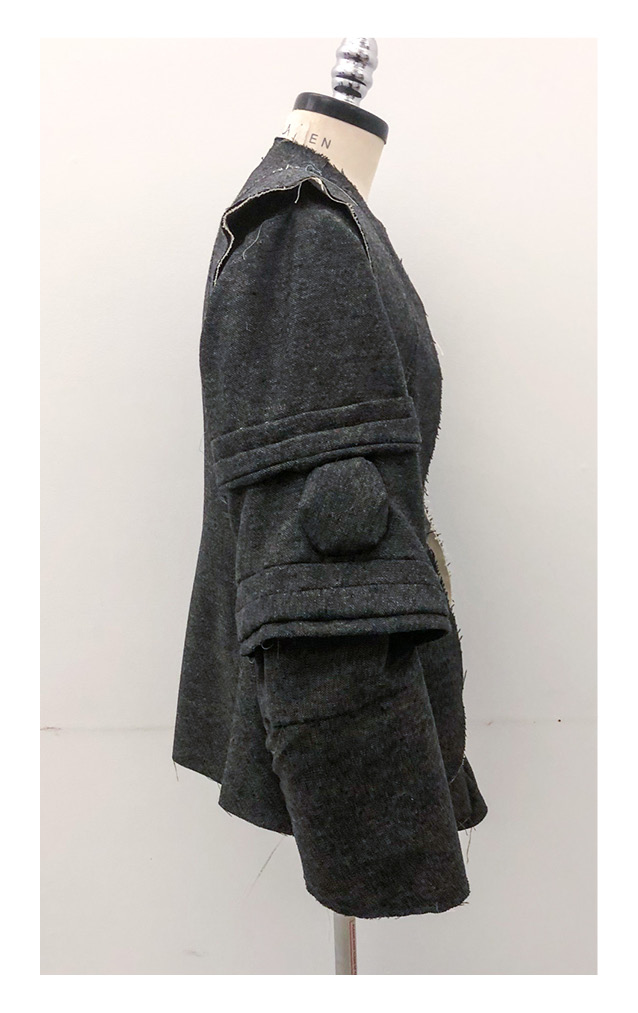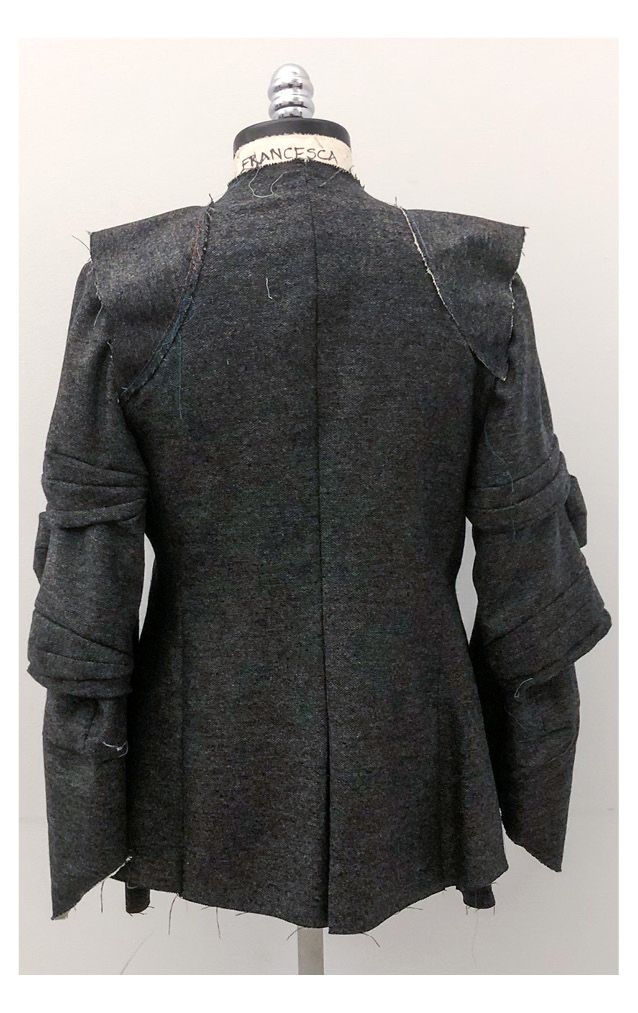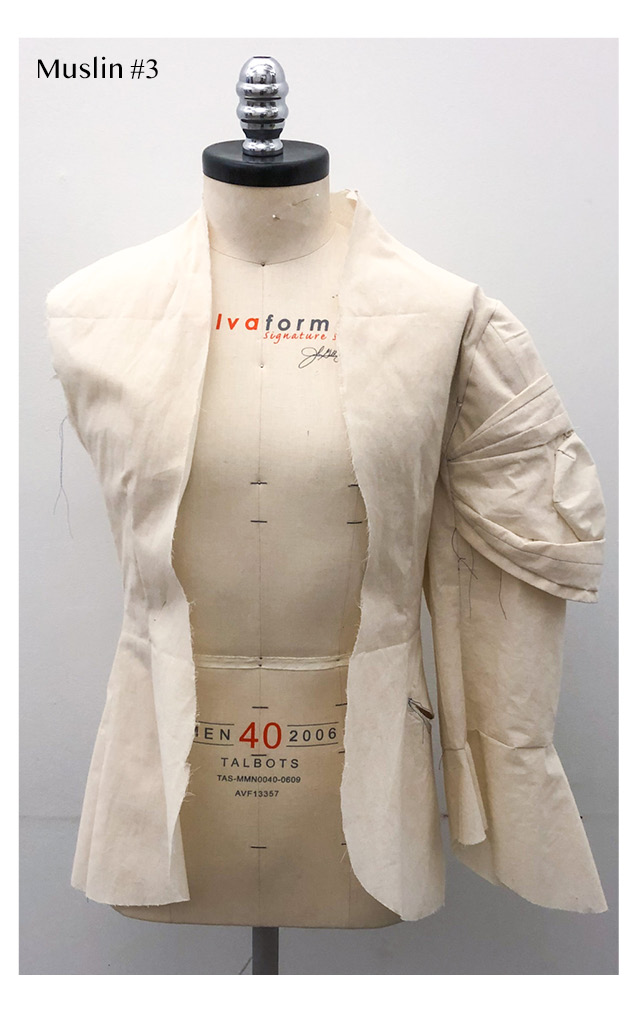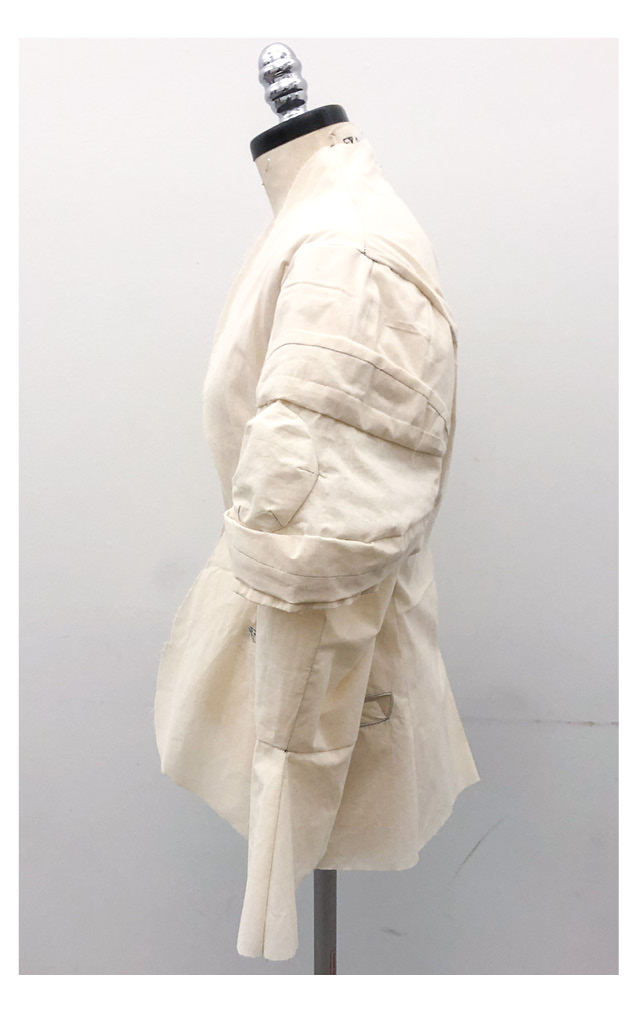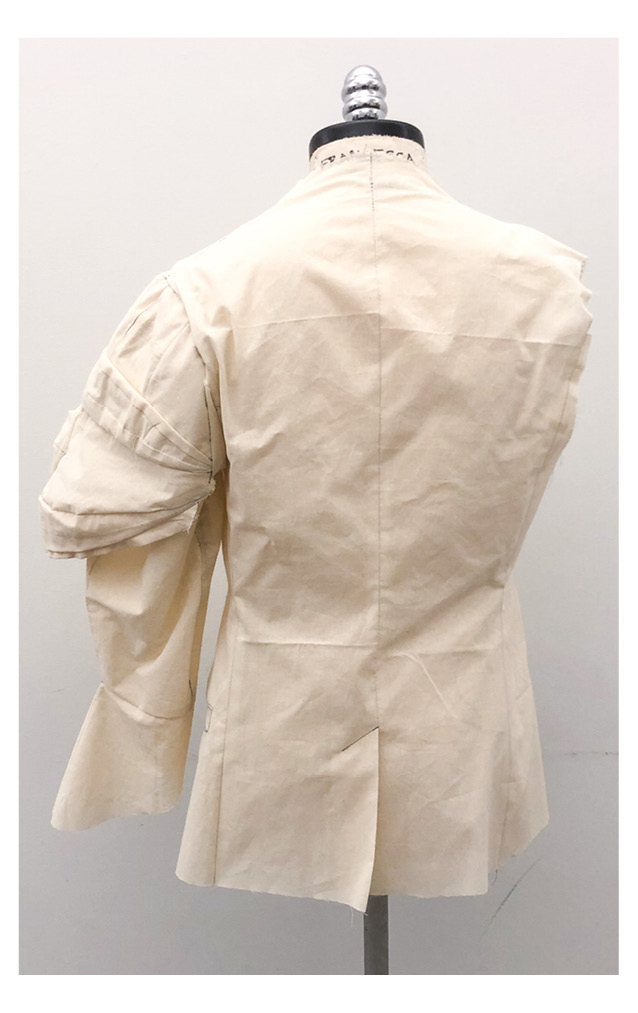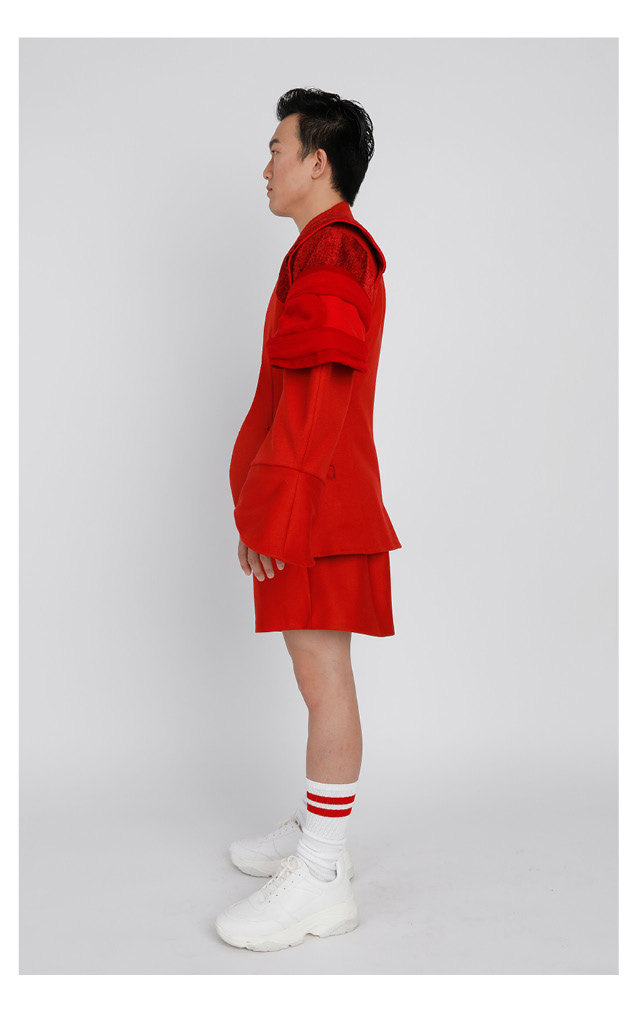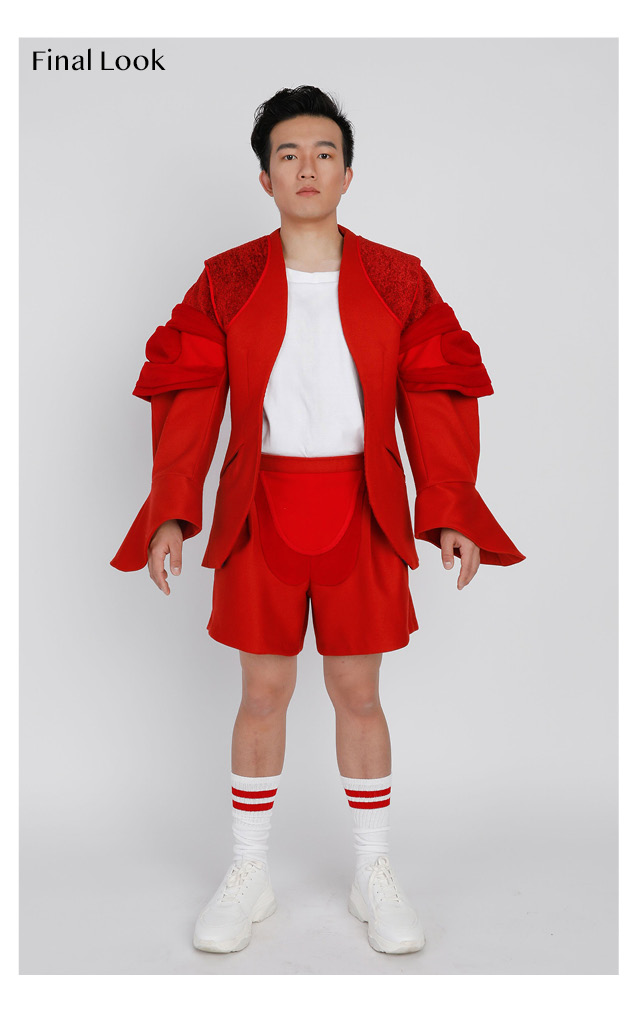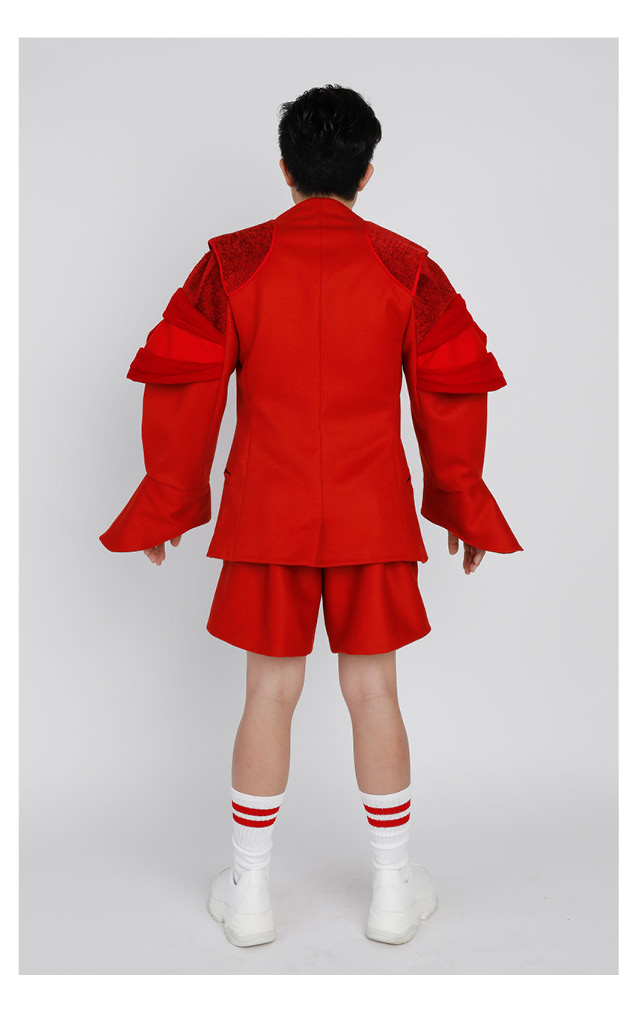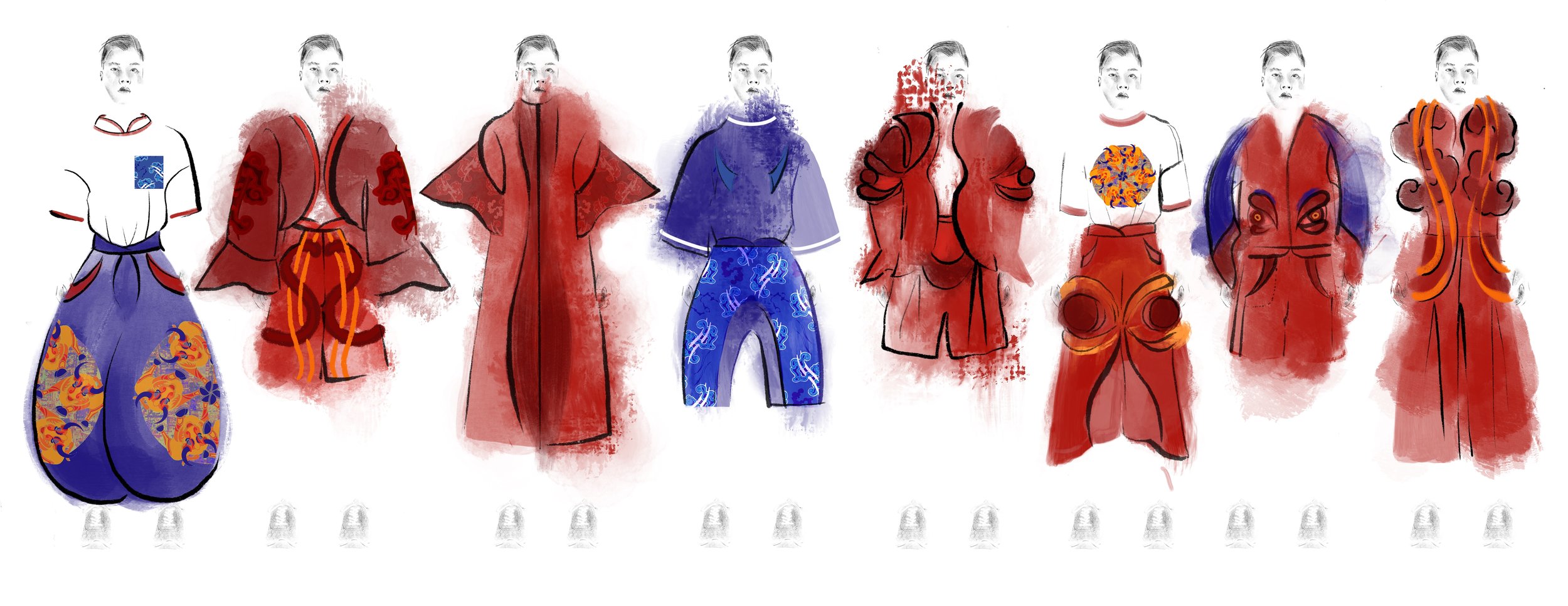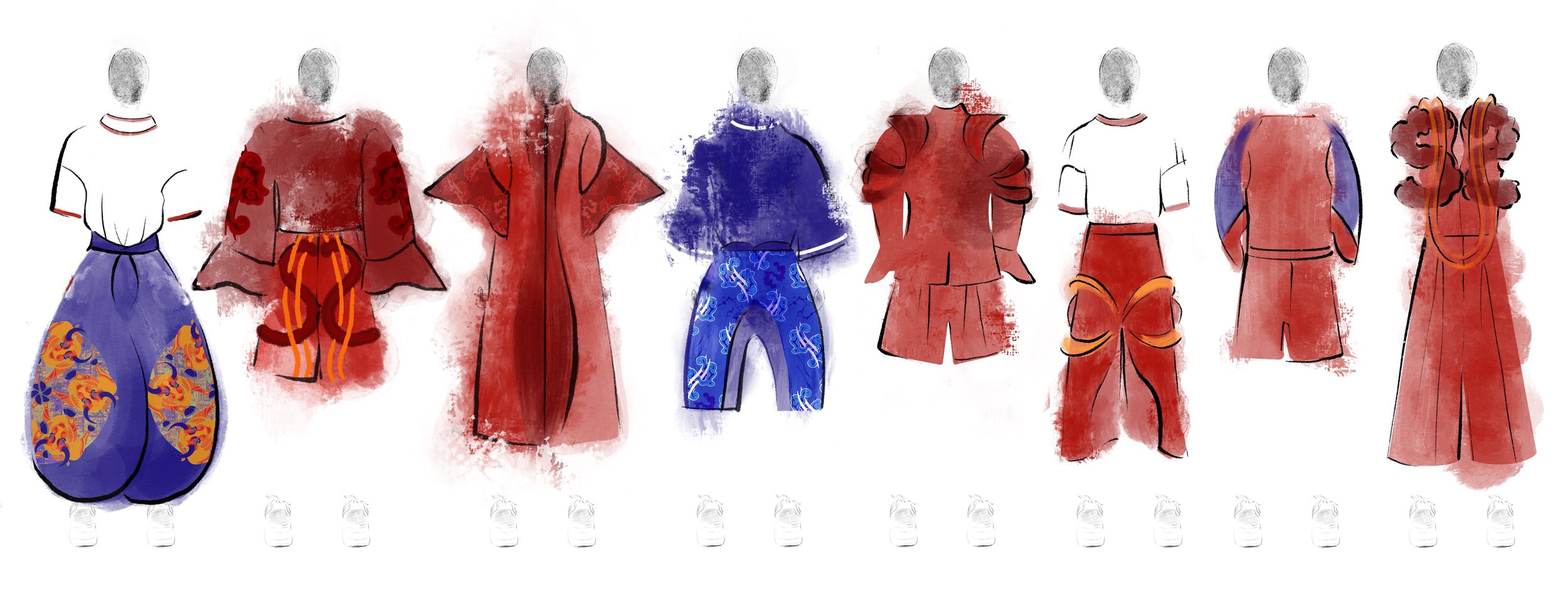“Dragon Robe”
Spring 2019
Statement/声明
In the Forbidden City, where the Emperors of Qing Dynasty of China resided, everyone from the Emperor himself to the lowest servant abided by a very strict dress code. There are restrictions to almost every detail of garments according to the status of the wearer: colors, materials, amount of embroideries, etc. Thus, fashion is used by the emperor as a tool to reinforce the royal hierarchy.
Symbolism plays a crucial role in constantly reminding the wearers of the status of their own and those around them. For instance, the most famous one is the dragon - it symbolizes royalty, high power, and holiness (as the emperors were believed to be the sons of heaven). There are numerous other symbols including cobras, bats, clouds, water, mountain, etc., and these elements appear in the garments repeatedly. While we are amazed by the beauty of these images and their astonishing craftsmanship, we must understand that they all are a part of an often cruel and oppressing system of power.
This project is inspired by the style of the Qing Dynasty court dresses and imperial robes, and most significantly, the rich symbolism in their designs. Deriving from the visual language of the Qing Dynasty garments, The collection attempts to answer the question of how this idea of power symbols in dress could be manifested in contemporary time.
Using fashion as a way to demonstrate social status and reinforce social hierarchy is still relevant today worldwide, even though this phenomenon is much less pronounced than in the Forbidden City during Qing Dynasty. While the symbols from the Qing Dynasty do not carry the same meanings in the 21st century, there are nevertheless many new symbols of power. In a time where people (or at least the majority of them) no longer live in feudal societies and the in a world where economics and industries are rapidly globalizing, money can buy people privilege, influence, and thus, power. Therefore, This project focuses on imageries of money and adapts these imageries with a visual language inspired by the Qing Dynasty court dress aesthetics.
The dollar signs and American dollar bill designs were integrated in this collection with a deliberate awareness of the juxtaposition of their “Western” nature against “Eastern/Chinese” traditions and aesthetics. As China grows extremely rapidly to become a prominent in the global economics and politics in the past several decades, it has opened up to significant western influence (especially of the U.S.) not only financially but also culturally. This influence, together with expeditious modernization and other historical events, has compelled many Chinese people to re-examine their own cultures and traditions and ask questions such as what it is Chinese culture, what it means to be Chinese in contemporary time, or how should Chinese traditions progress and be preserved in 21st century. While this project does not nearly attempt to provide a comprehensive answer to all of these valid and important questions, it does try to put forth a commentary on the relationship between a specific part of Chinese historical art and the world that this art lives in today.
The choice of incorporating the image of the Charging Bull (of Wall Street) may need some elaborations as well. Although the Charging Bull, when created and installed by Arturo Di Modica, was intended to be a symbol of courage against all the immoral traits of Wall Street, such as greed and privilege, it ended up becoming a well-known symbol of Wall Street itself and strongly associated with the ideas of financial markets, extreme wealth, and making money with nothing but money. Other cultures may even grow their own interpretations of the bull. For example, in China, a strong, growing stock market is described as a “bull market”. And in Shanghai (and perhaps in other parts of China as well), there is a replica of the bull standing outside of the Shanghai Futures Exchange building, but the fearless little girl that stands in front of the bull in the original is nowhere to be seen. In this case, the message of courage is clearly lost in the replication, and the bull is interpreted as success, growth and wealth that parallels the “legendary” Wall Street. Considering the associations that people have made between the charging bull and wealth, I have chosen to incorporate the Charging Bull in this project as a contemporary symbol of power despite its original intended meanings. Furthermore, the emphasis on the image of the bull in this collection is analogous to the used of dragons in the Qing Dynasty imperial robes. As the most prestigious symbol, the dragon is often given the most attention and most central position in the designs of garments, ceramics, furniture, etc (for the people whose status qualify for it, of course). By replacing the dragon with the bull, the collection attempts to convey the message that instead of feudal emperors, now it is the wealthy that has the most power.
在中国清朝皇帝们居住的紫禁城,每一个人,上至最高贵的皇帝,下至最低微的仆人,都必须严格按照规定选择衣着。这样的规定不仅仅是约定俗成,更是礼法的一部分。服装的几乎所有细节都根据穿着者的身份而有严格的限制,包括颜色、材质、刺绣的数量,等等。因此,服装和时尚是一种皇帝巩固皇家政权的手段。
其中,各种符号和象征主义无时无刻提醒紫禁城中穿衣者的身份贵贱和他们周围人的地位高低。最广为人知的例子莫过于“龙”了 — 它象征着皇室、至高无上的权利、和神圣性(皇帝又被称为“天子”,上天之子)。在清朝的宫廷,有无数这样富有意义的符号,比如蟒蛇、蝙蝠、祥云、水、山,等等,而这些元素一再地重复出现在服装之中。当我们赞叹于这些图案的美丽以及其工艺之精妙时,我们必须理解这些都是一个—从某些角度看来—残忍而充满压迫性的权利系统的一部分。
这个项目是以清朝宫廷服饰,以及最重要的,其背后丰富的象征主义,为灵感来源。从清朝的服饰的视觉语言出发,这个系列尝试回答一个问题:服装中权利的象征可能会以怎样的方式在当代衍生?
今天,在世界各地,时尚仍被用作为一种展示社会地位和巩固社会阶级的方式,虽然这种现象与在清朝的紫禁城中相比弱化了许多。在21世纪,清朝的符号不再被富有相同的寓意,但即便如此,仍然有许多新的权利的象征出现。在一个人类(或者说至少其中的大多数)不再生活在封建社会之中,在一个经济和工业极速全球化的世界中,金钱可以为人们买到特权,影响,以及由此得来的权力。因此,这个项目主要着重于金钱的形象,以及将这些形象以一种由清朝宫廷服饰启发的美学风格展现出来。
这个系列融合了美元的符号和美元钞票的设计。设计者作出这样选择时,清晰地认识到了它们“西方”的本质和“东方/中国”的传统与美学之间的碰撞。在过去的几十年中,在中国的经济和政治的国际影响力迅速发展中,中国也受到了西方(尤其是美国)显著的影响—不仅仅是政治经济上的,也是文化上的。这样的影响,加之飞速的现代化进程和其他历史事件,让很多中国人重新审视他们自己的文化和传统,并提出诸如这样的疑问:中国文化是什么?作为一个当代中国人意味着什么?在21世纪中,中国文化应当如何保存和进步?当然,这个项目不能为以上任何这些实际而重要的问题提供一个完整的答案,但是它却尝试对一种具体的中国历史艺术,和这种艺术生活在的当今时代之间的关系,作出评论。
选择应用华尔街之牛雕像的形象兴许也需要一些解释。虽然狄摩狄卡创造和安装华尔街之牛的雕像的时候,本意是让它成为一个抗争华尔街所有的反道德的品质,譬如贪婪和特权,的勇气之象征,它最终成为了一个广为人知的华尔街本身的代表,并且被人们与金融市场,巨富,以钱生钱这些概念紧密联系在一起。其他的文化甚至衍生出了它们自己版本的牛。打个比方,在中国,一个强力增长的股票市场被称为“牛市”。在上海的期货交易所外,甚至有一个华尔街之牛的复制品,虽然在原版中站在牛前面的无畏的小女孩却不见了。这样的复制在中国并非个例。因此,关于勇气的信息显然在复制的过程中被遗忘了,而这个牛却被理解为能与华尔街比肩的成功、增长、和财富。考虑到人们所建立的牛与金钱之间的联系,设计者选择了将华尔街铜牛的造型作为一种当代的权利象征应用在这个系列之中,即使这与它原本的意义是相对立的。运用这个牛的图案的方式,类比了清朝皇家服饰使用龙的方式。作为极尊贵的象征,龙在服装,陶瓷,家具等常常被给予最多的注意力和最中心的位置。这个系列将龙替换为牛,以此来传达一种信息:财富已经取代了当年的封建皇帝们成为最高的权力。
Presentation Book (Carousel)
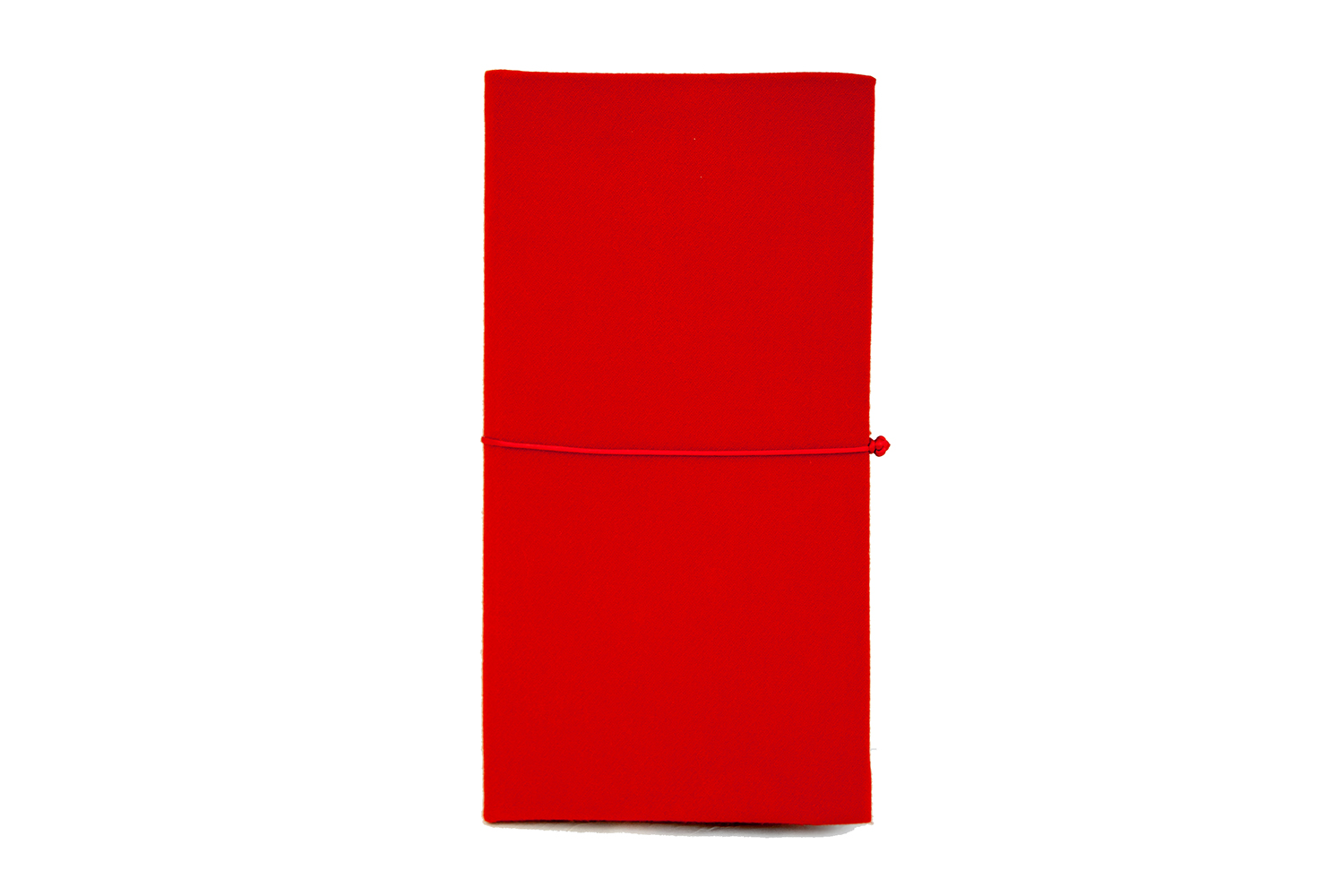
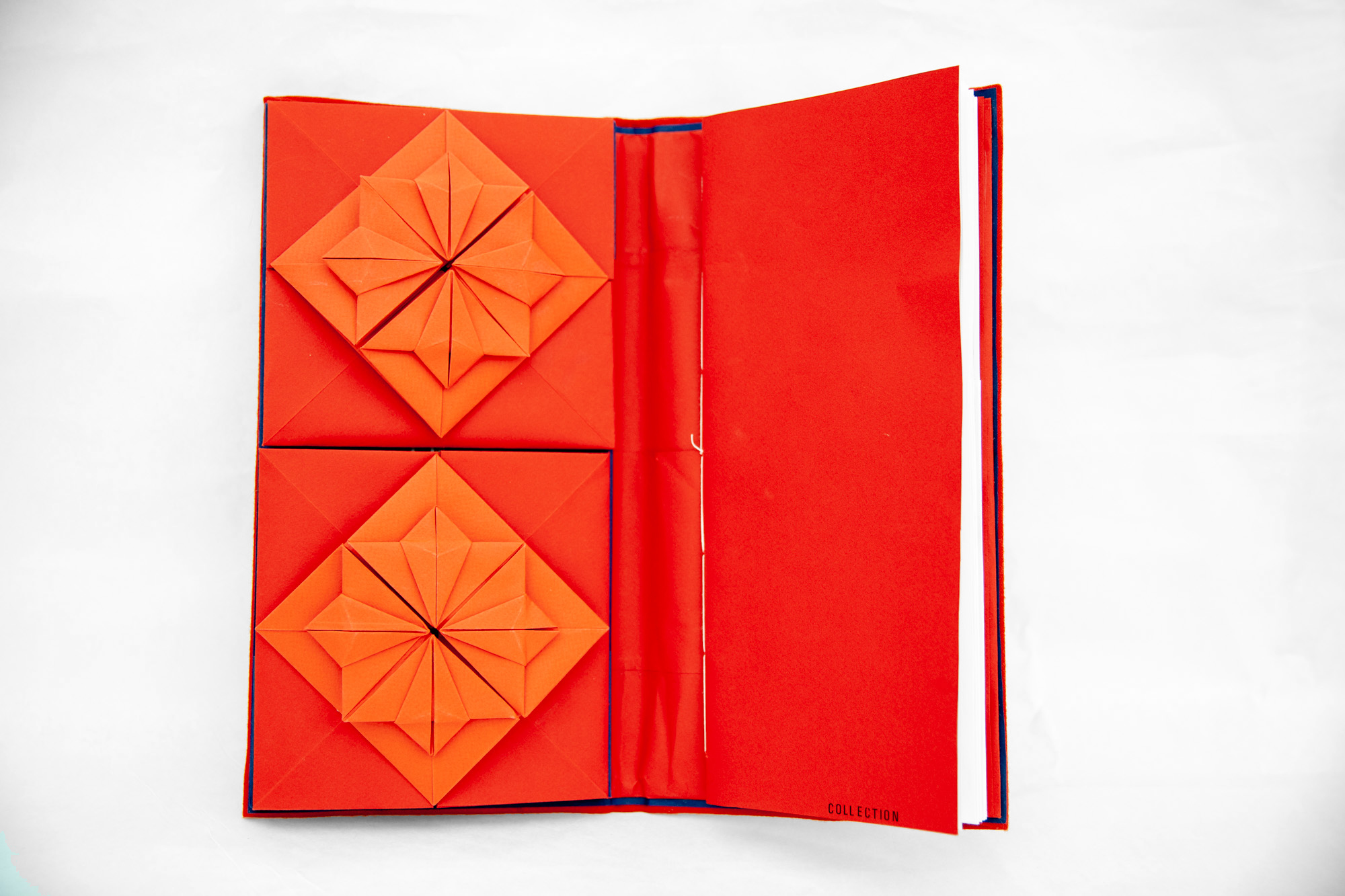
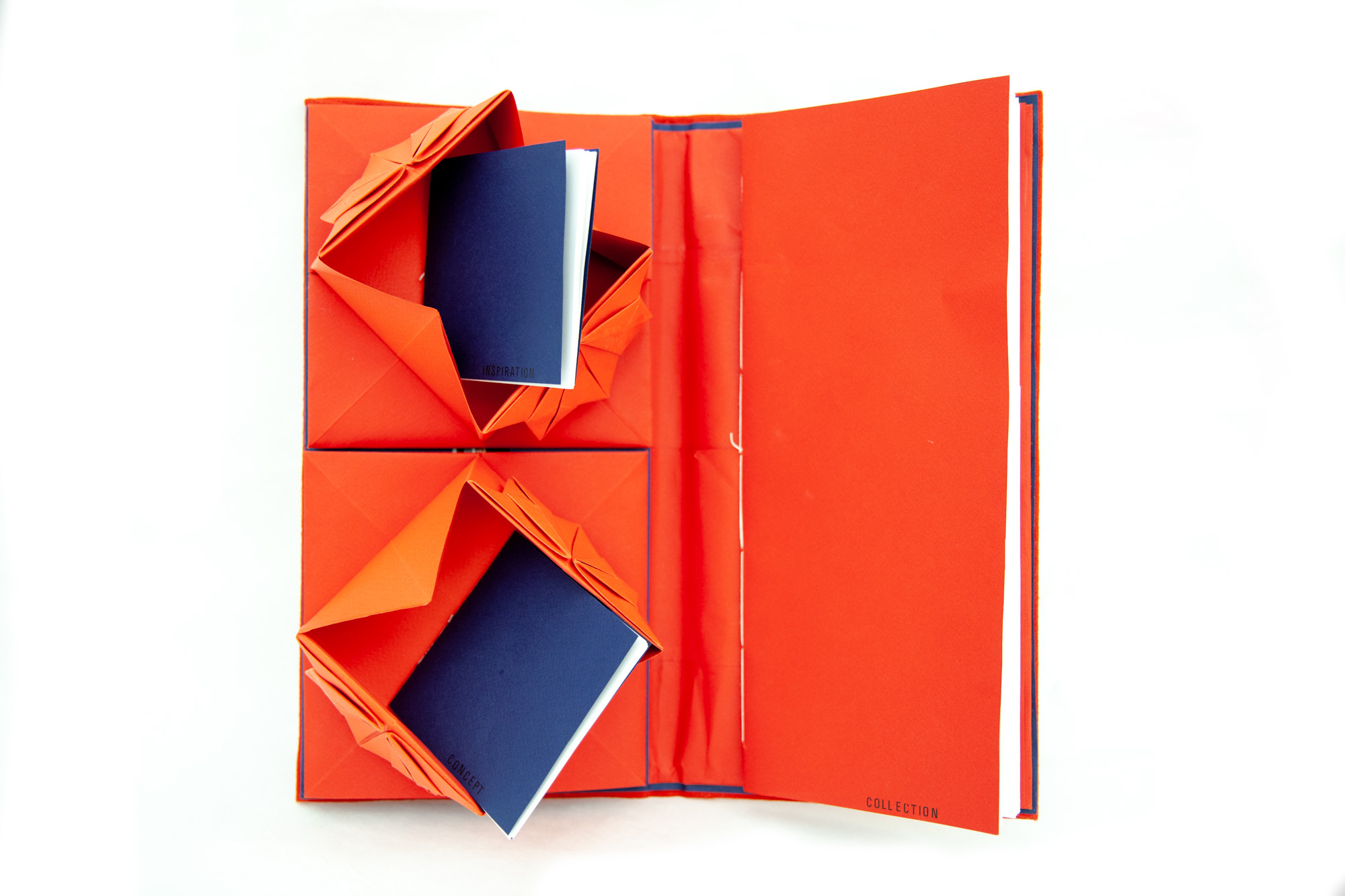
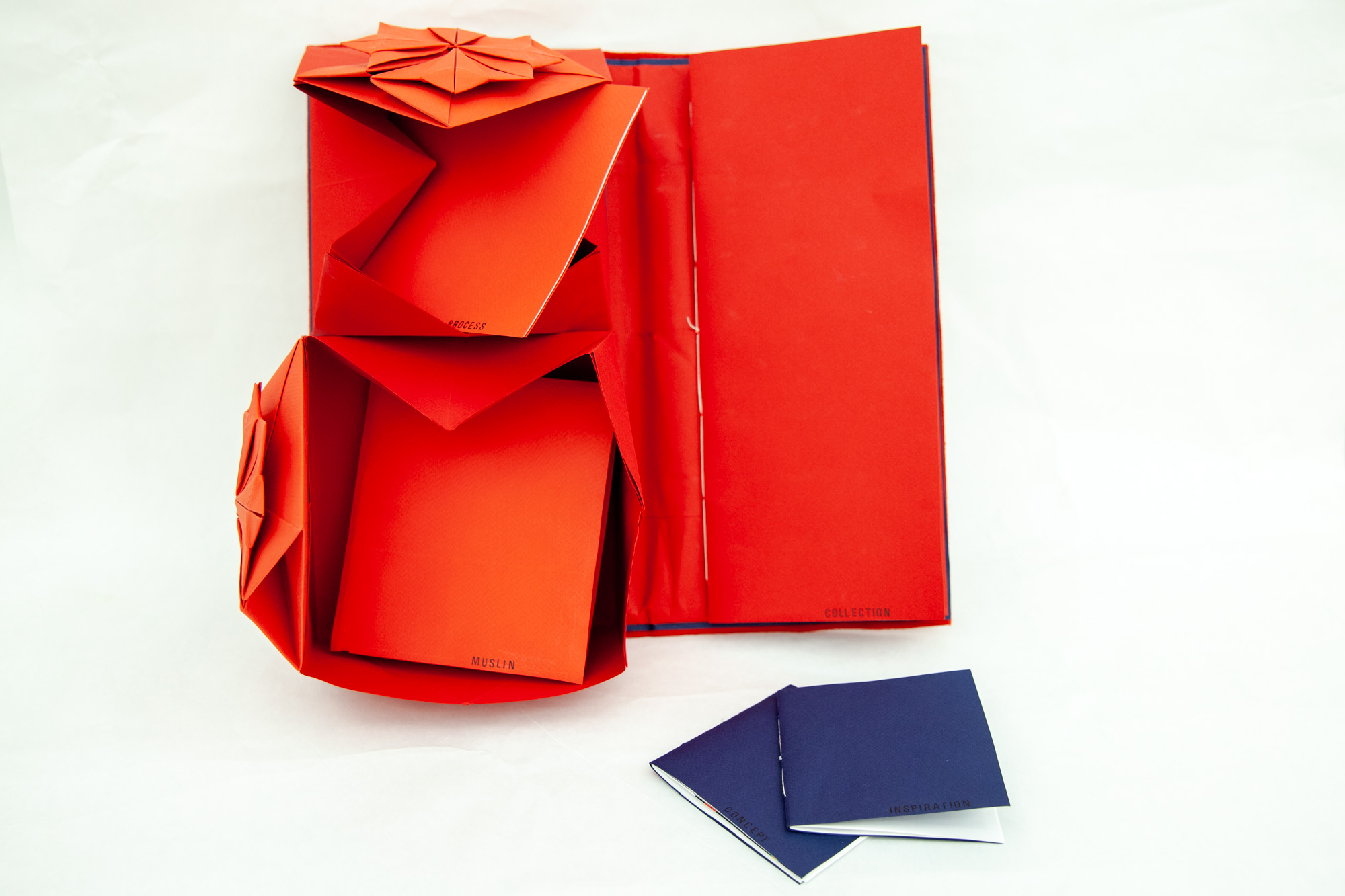
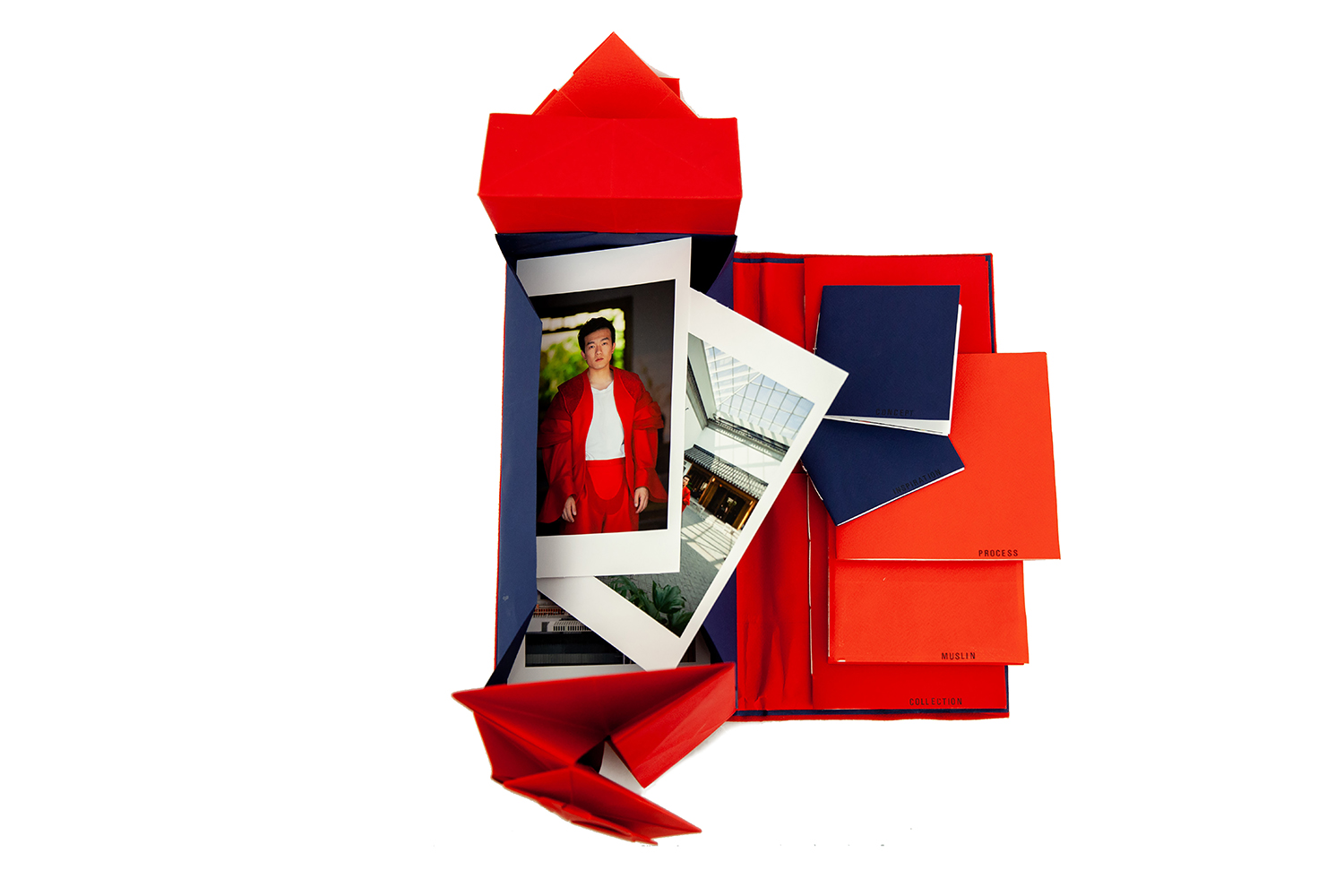
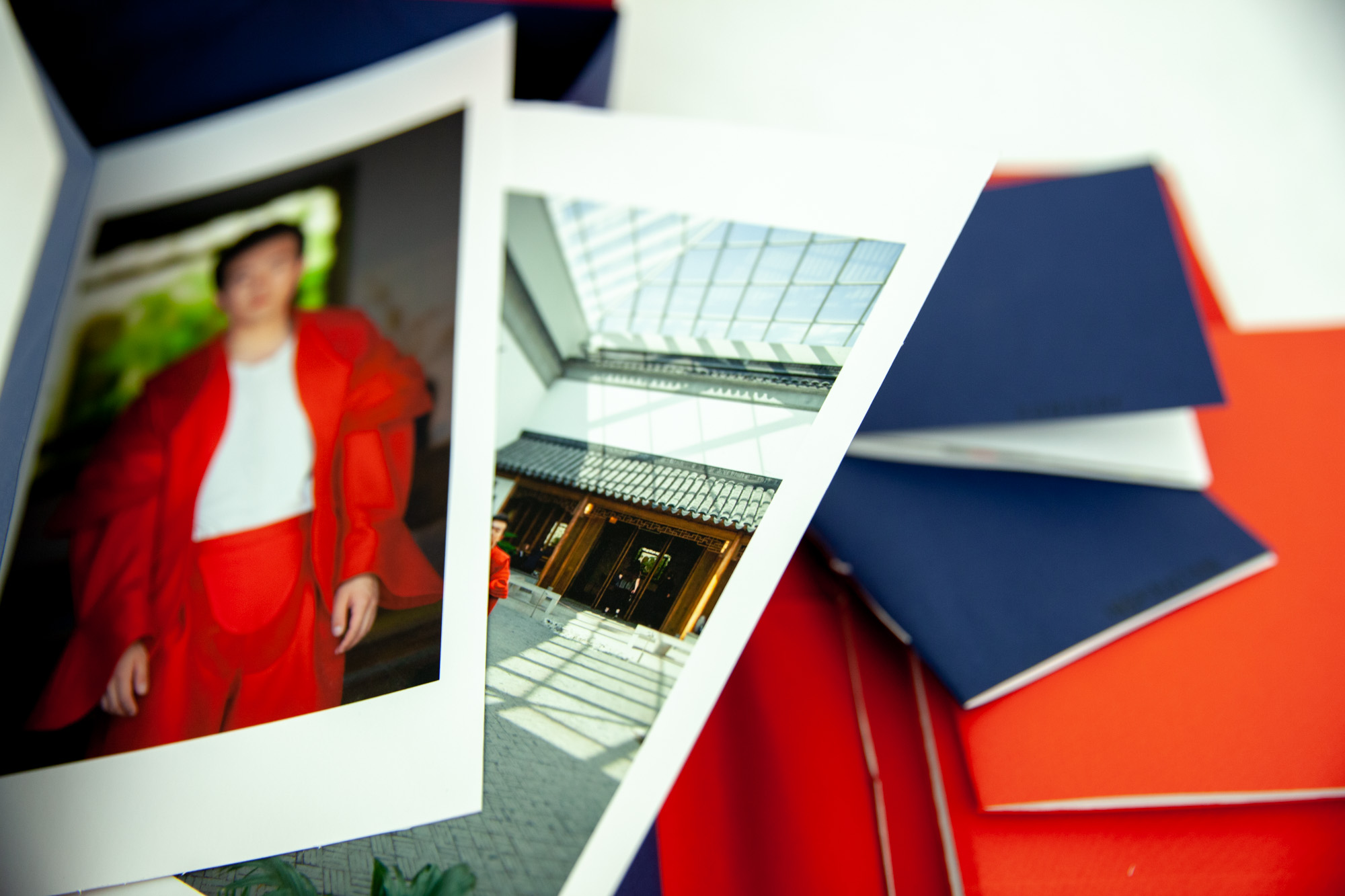
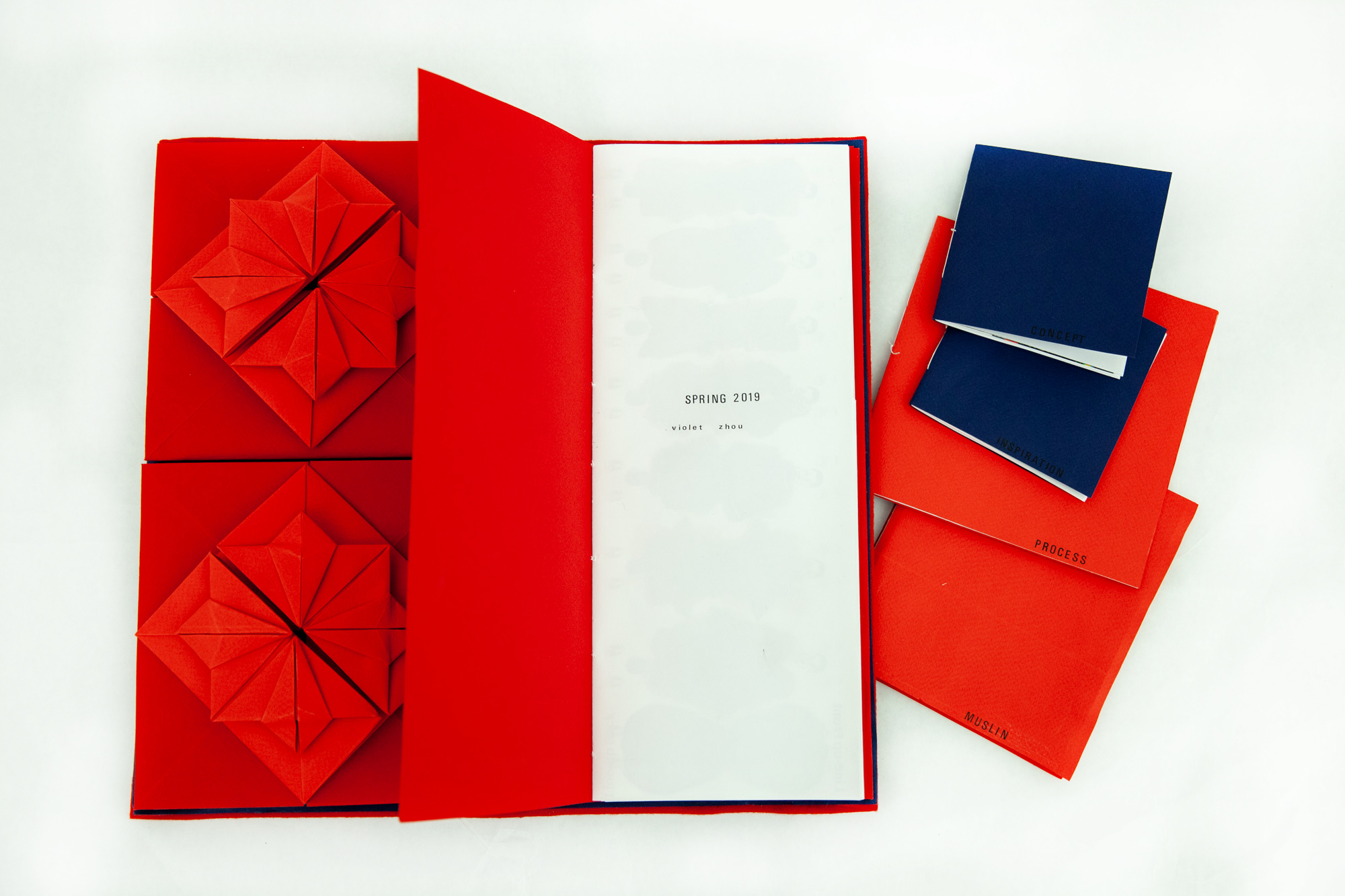

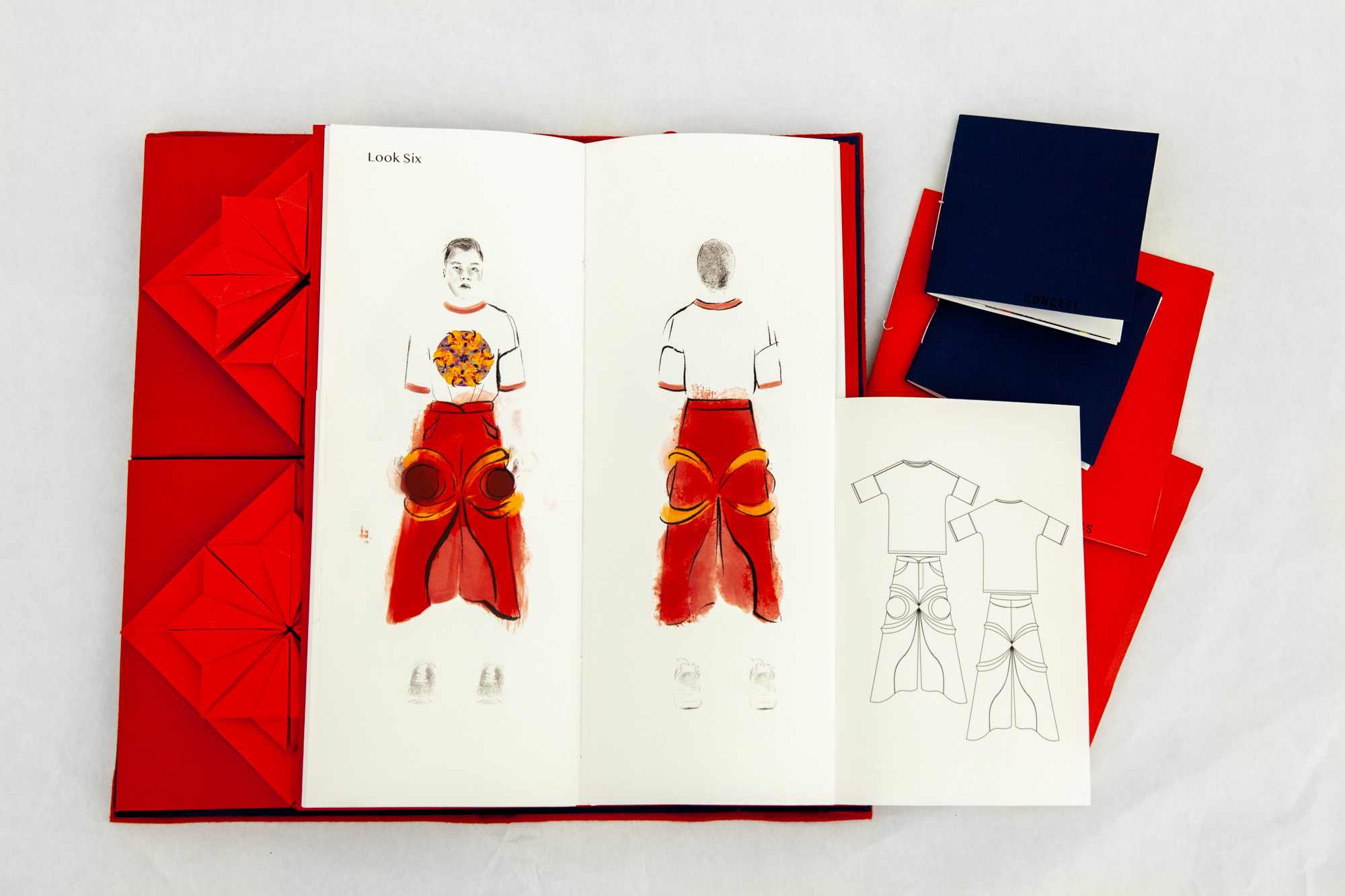

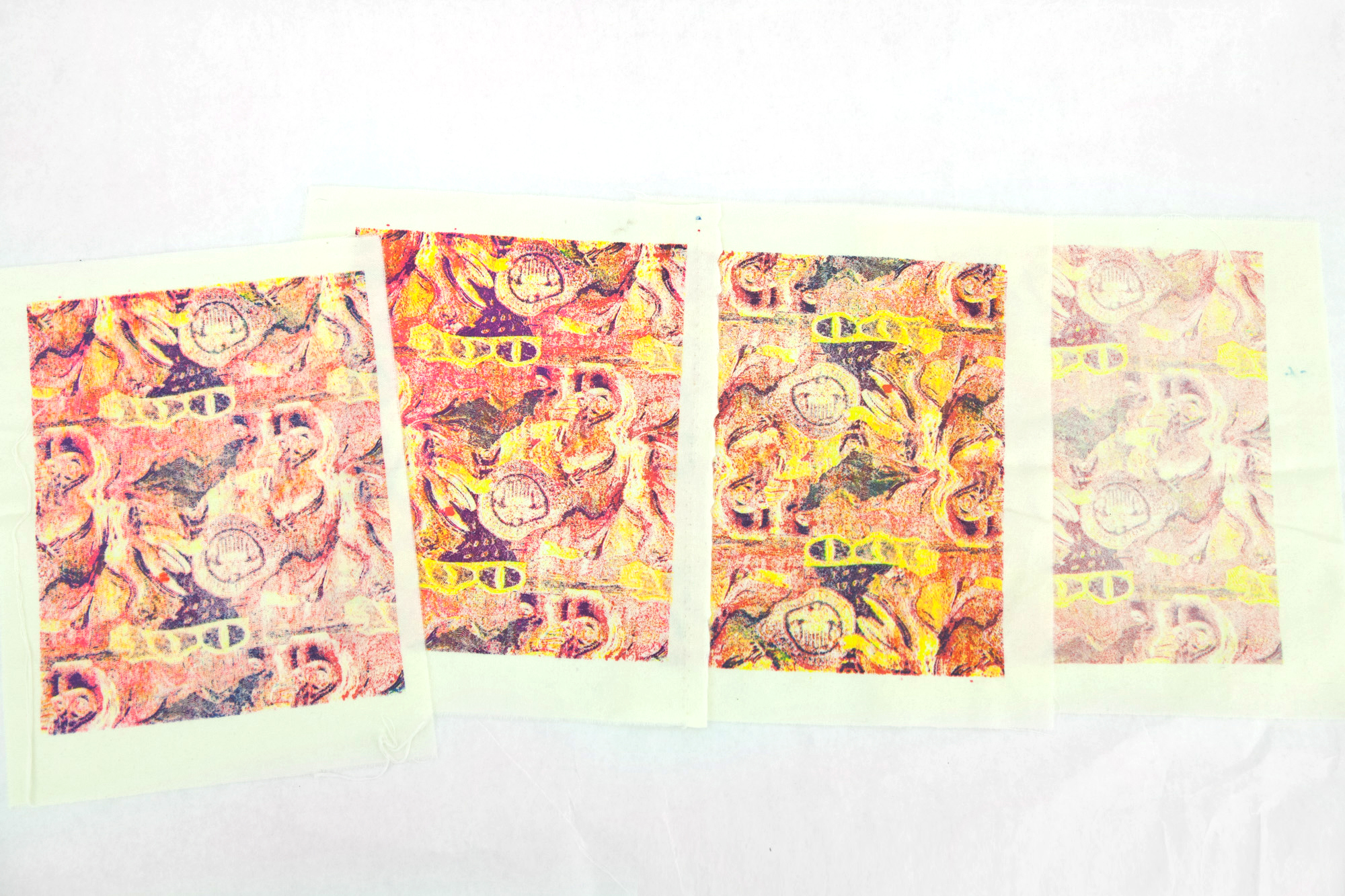

Minibook: Inspirations (Carousel)
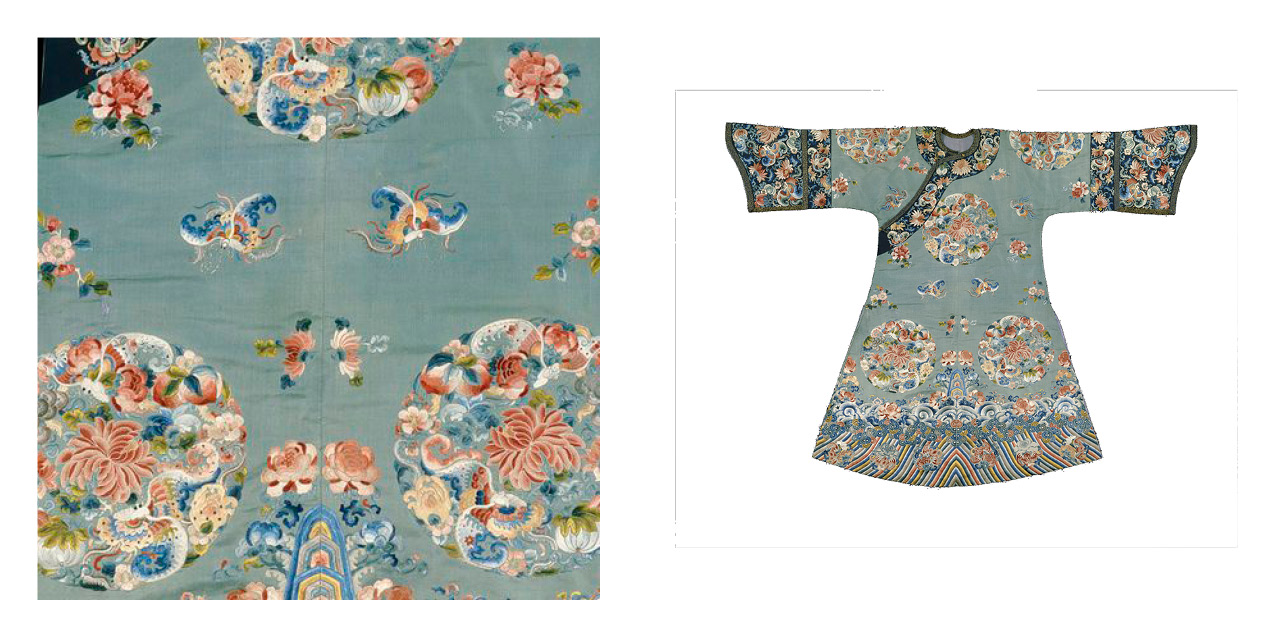
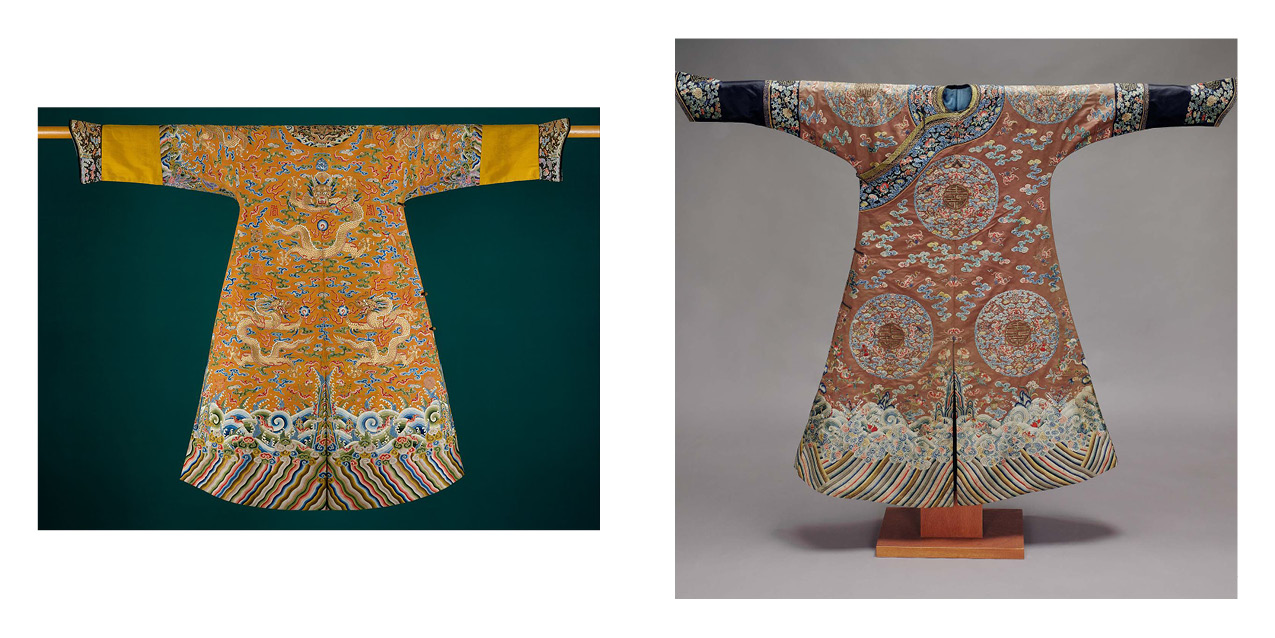
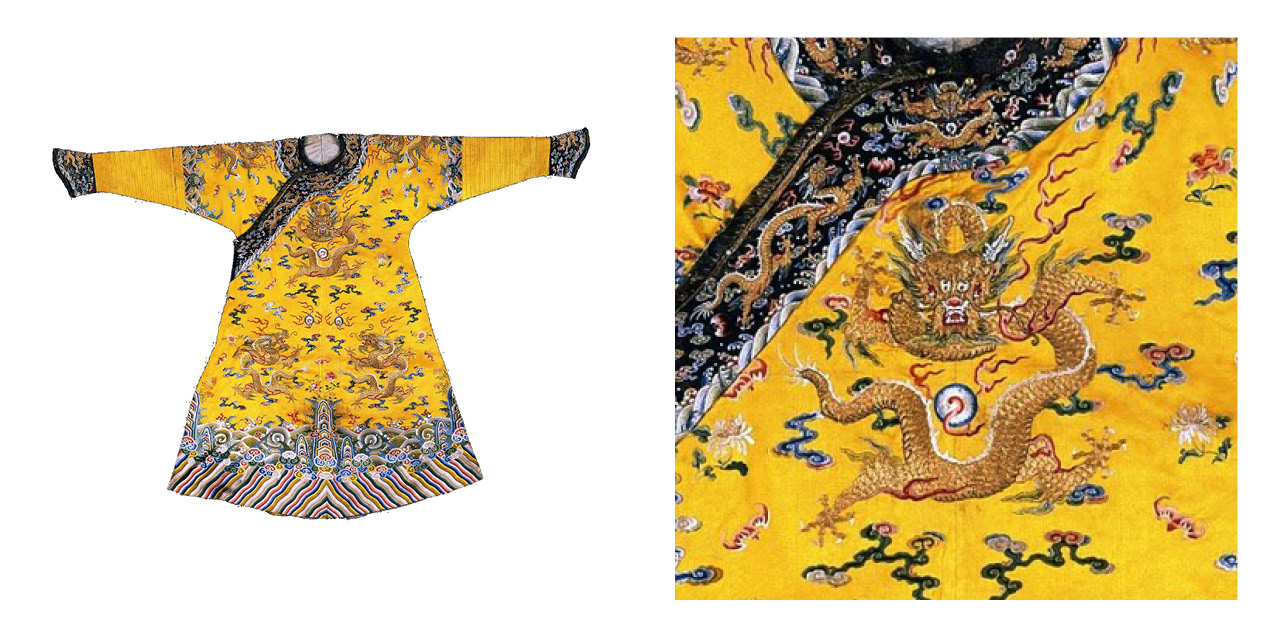
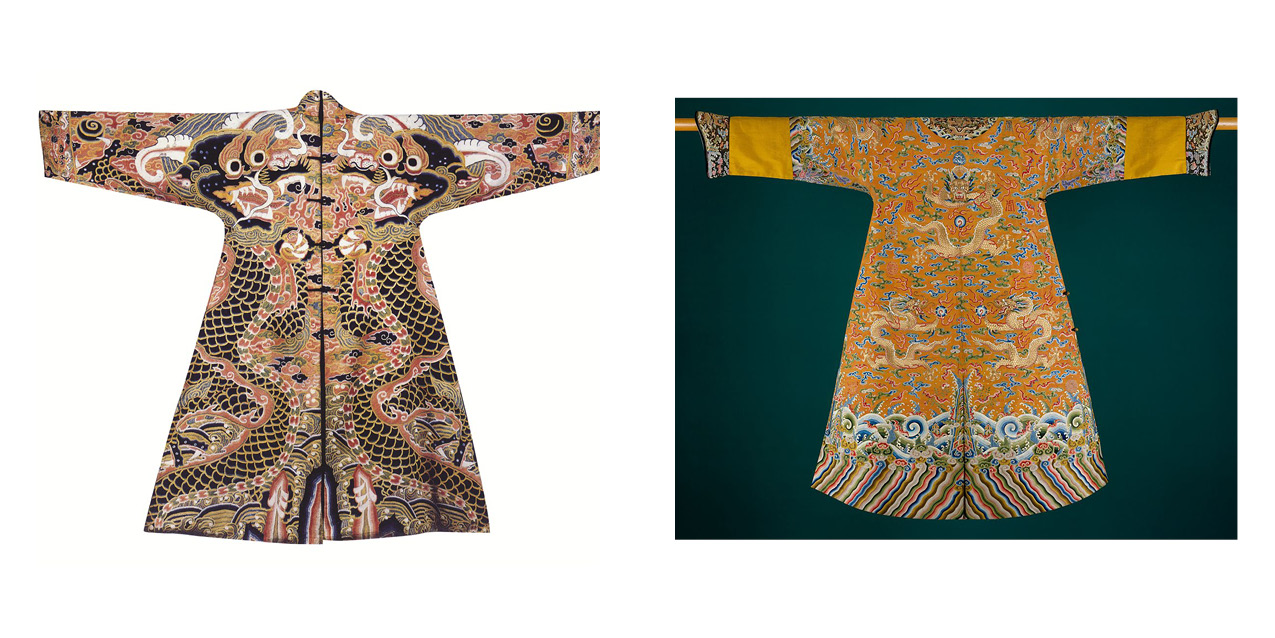
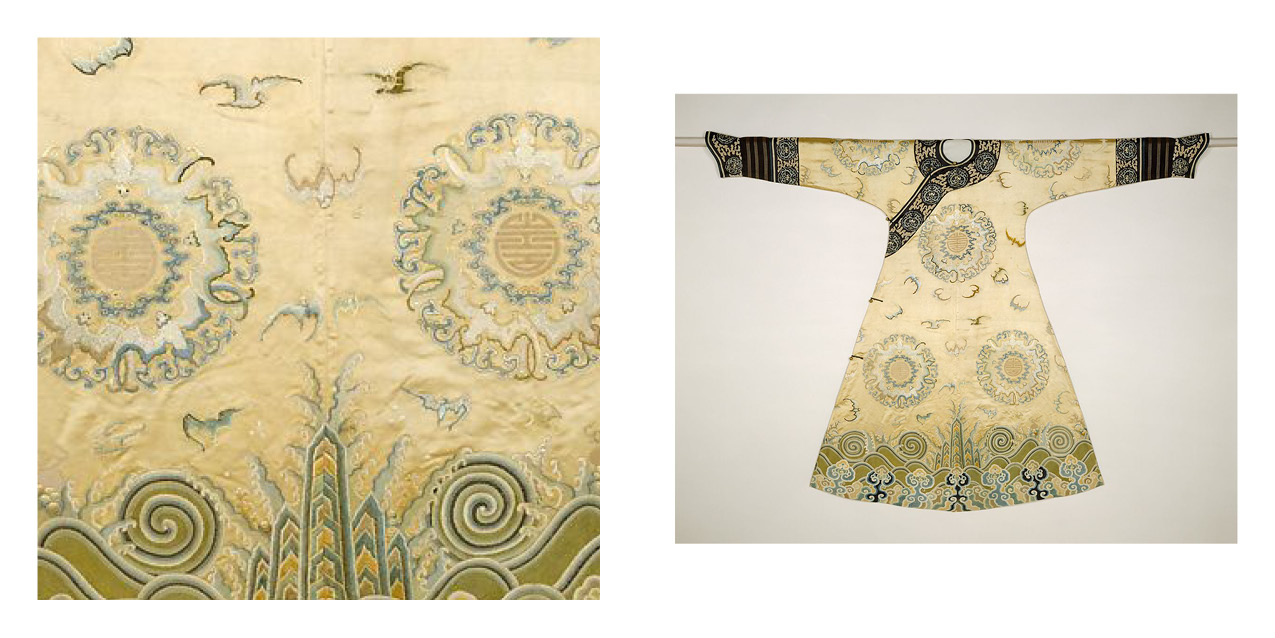
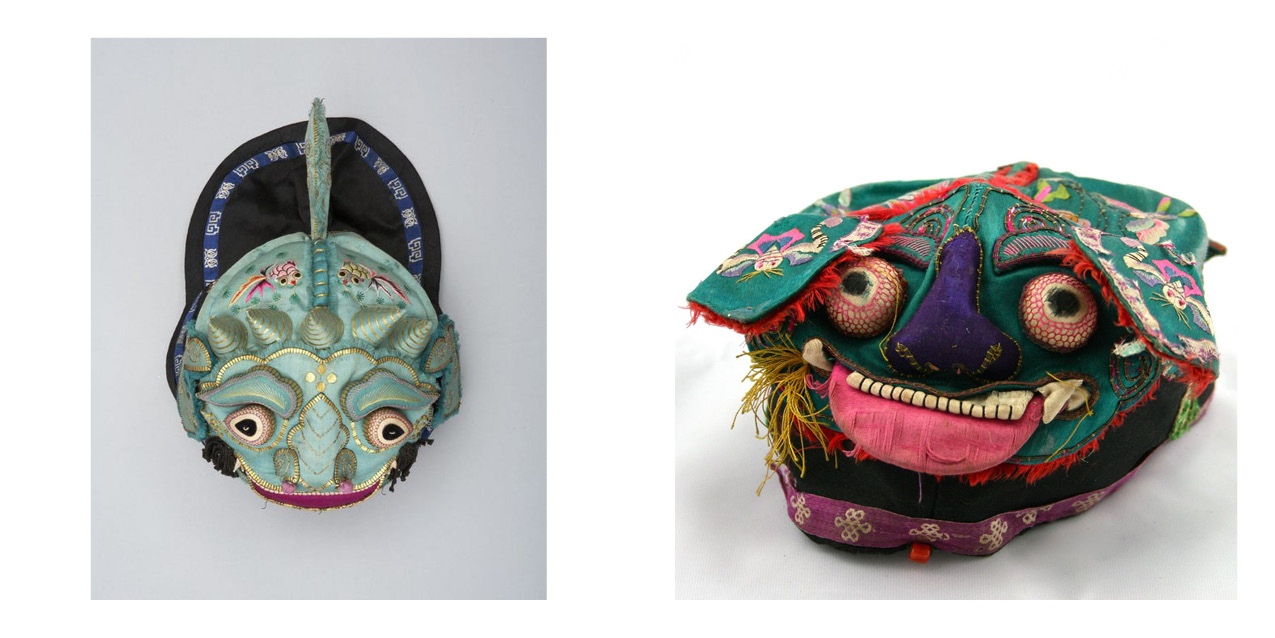
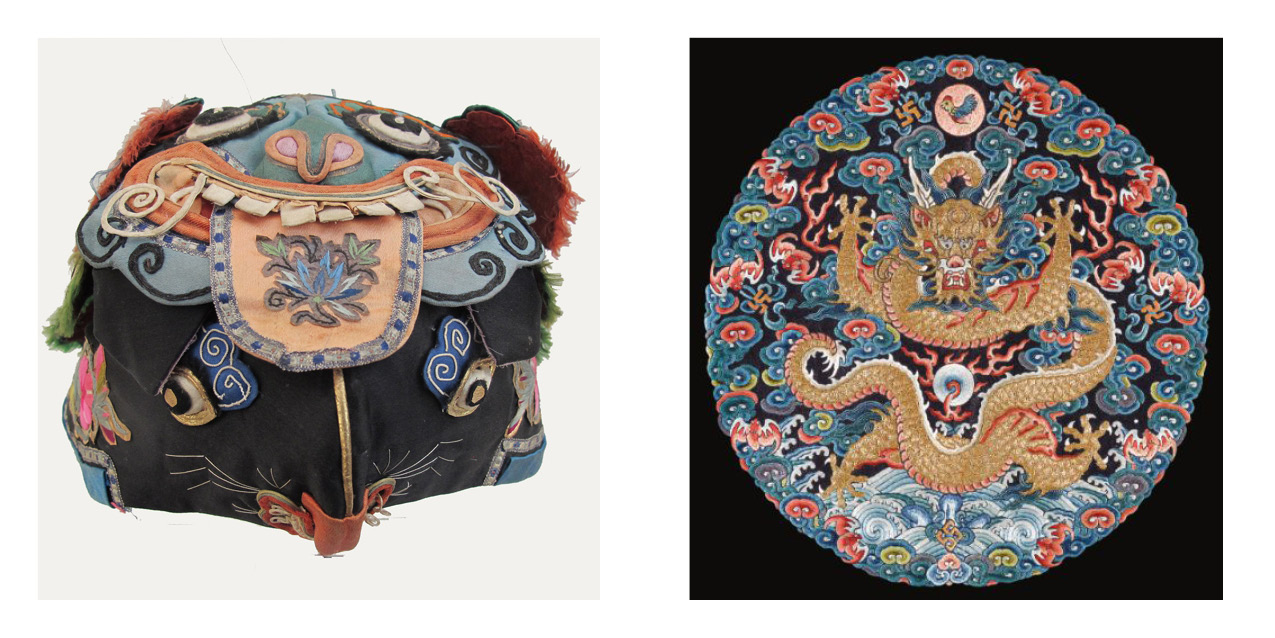

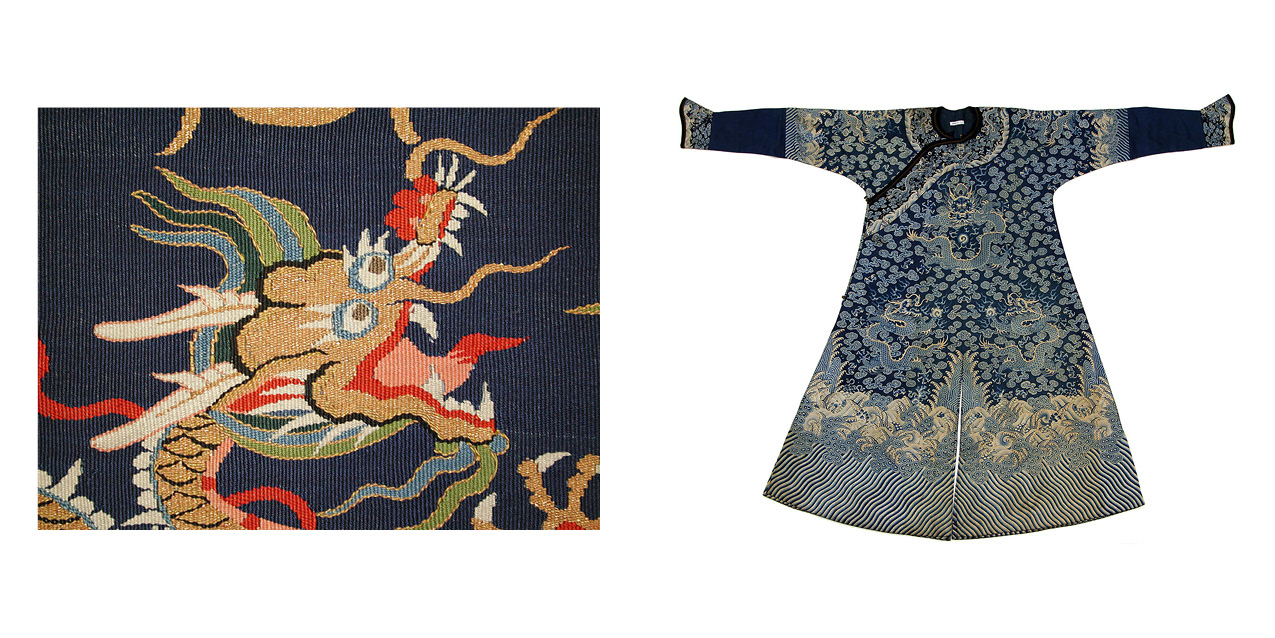

Minibook: Concept (Carousel)
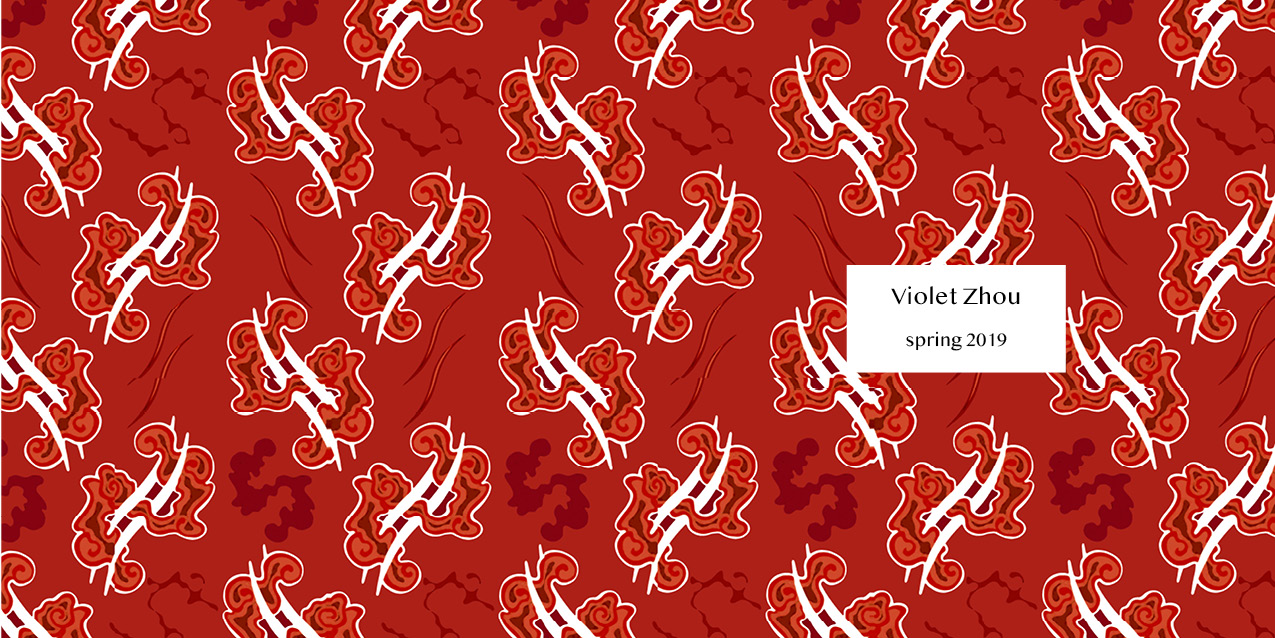
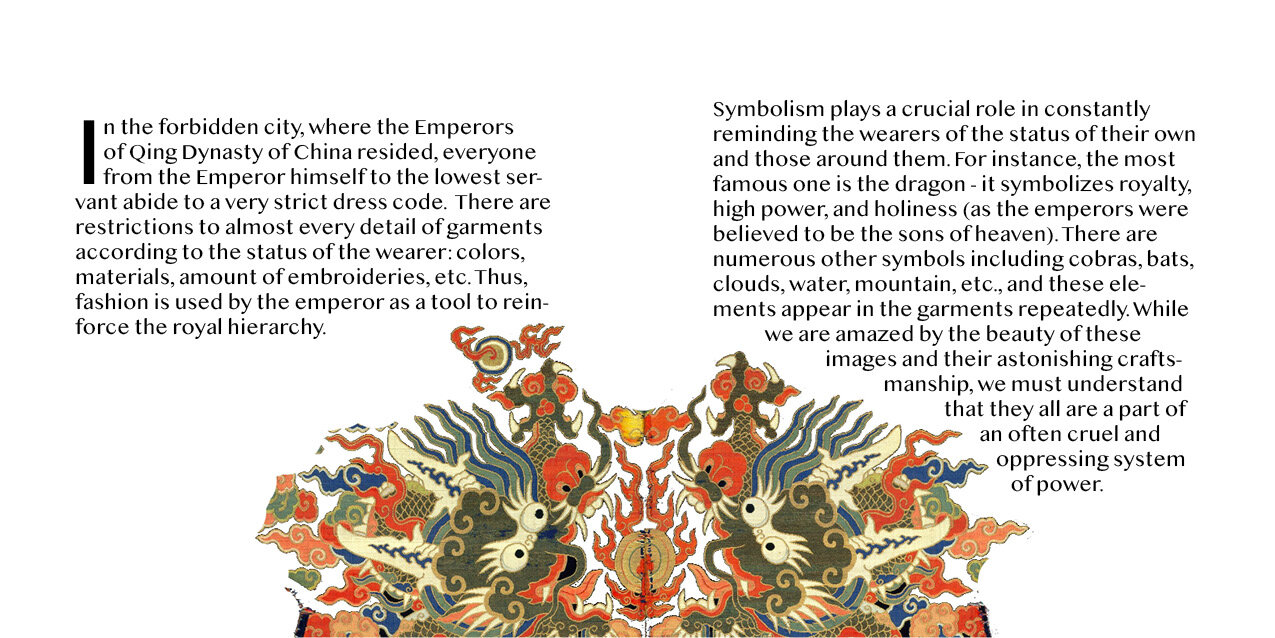
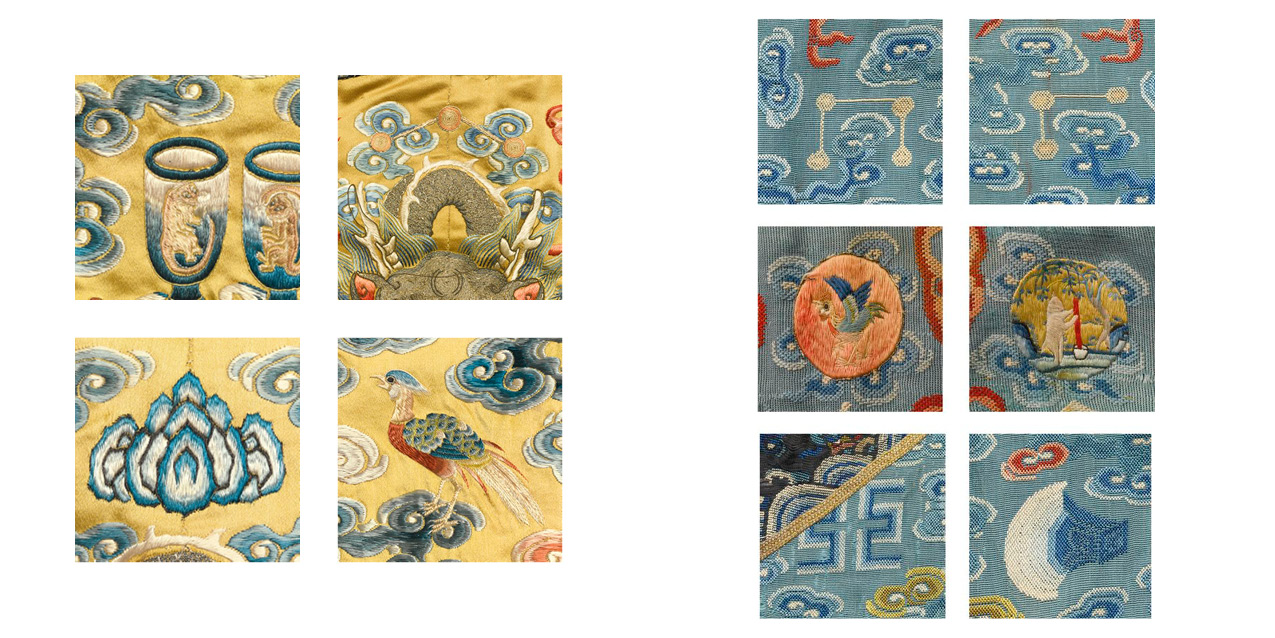

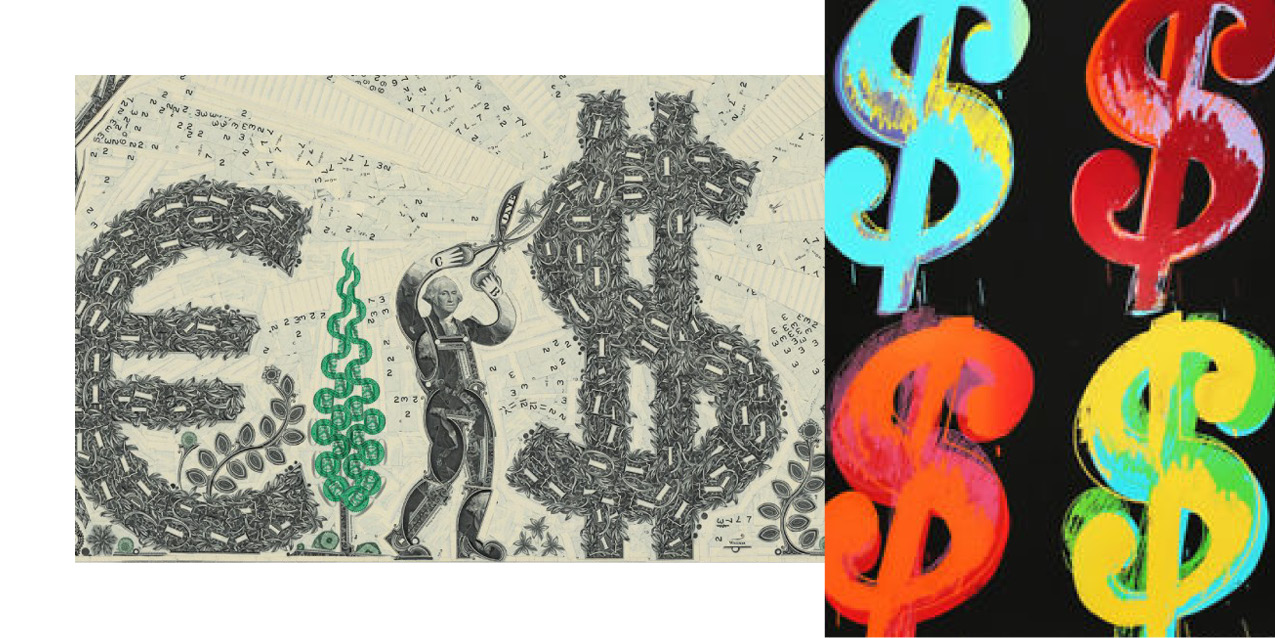

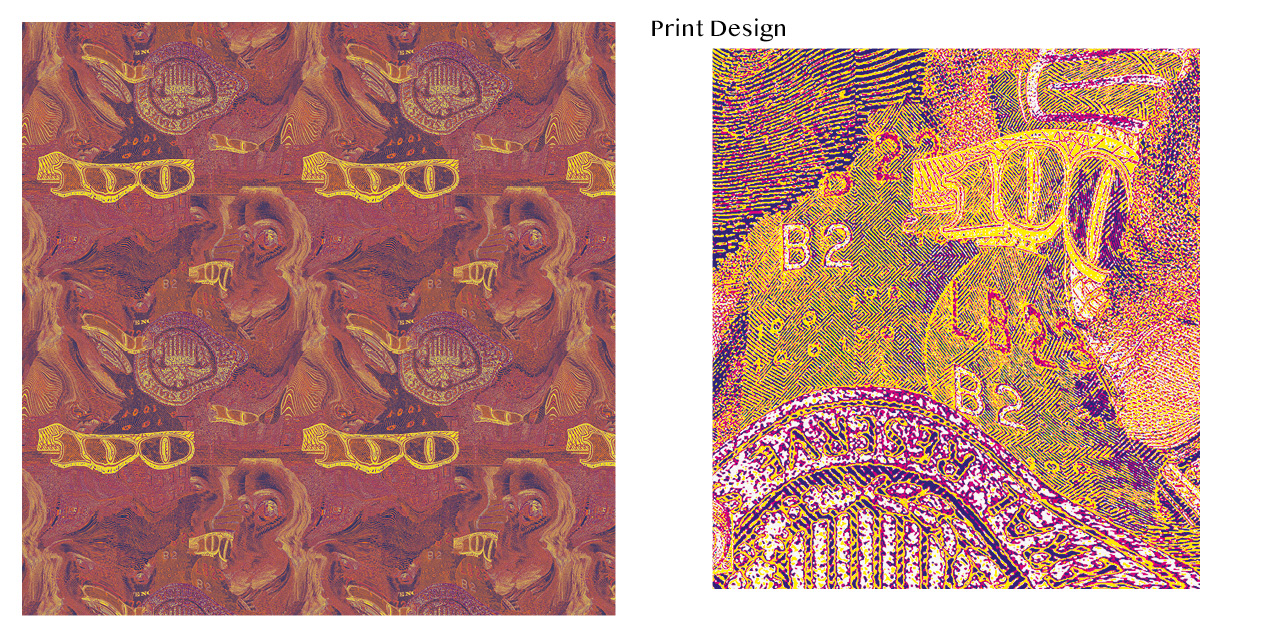
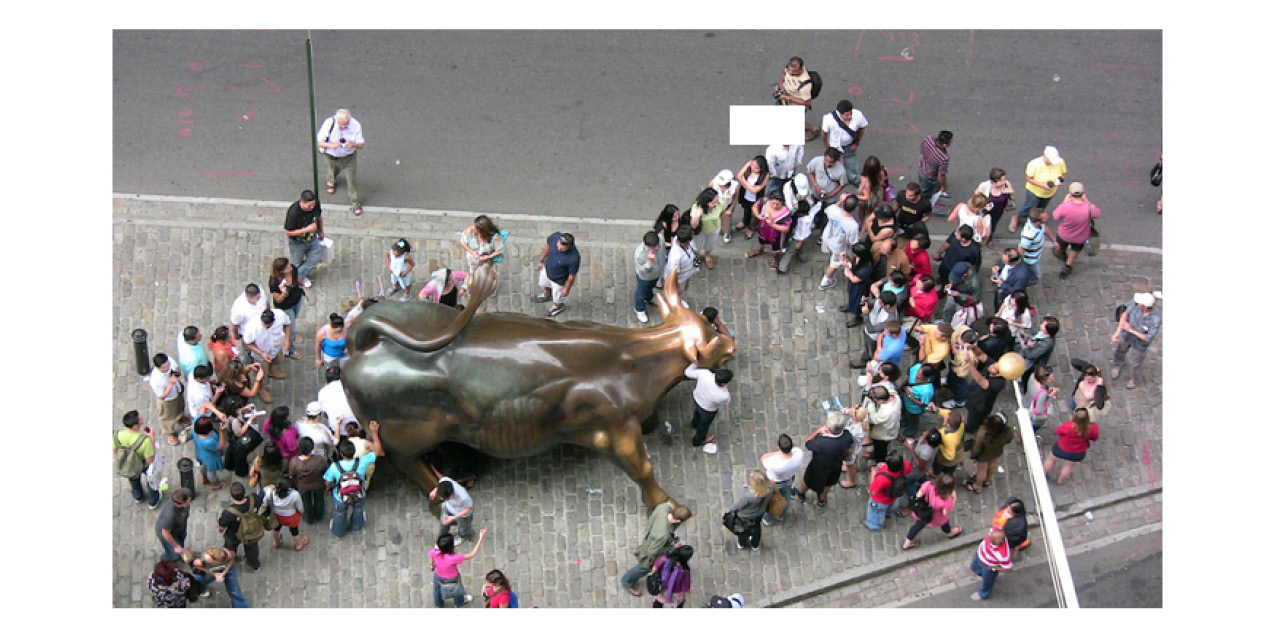
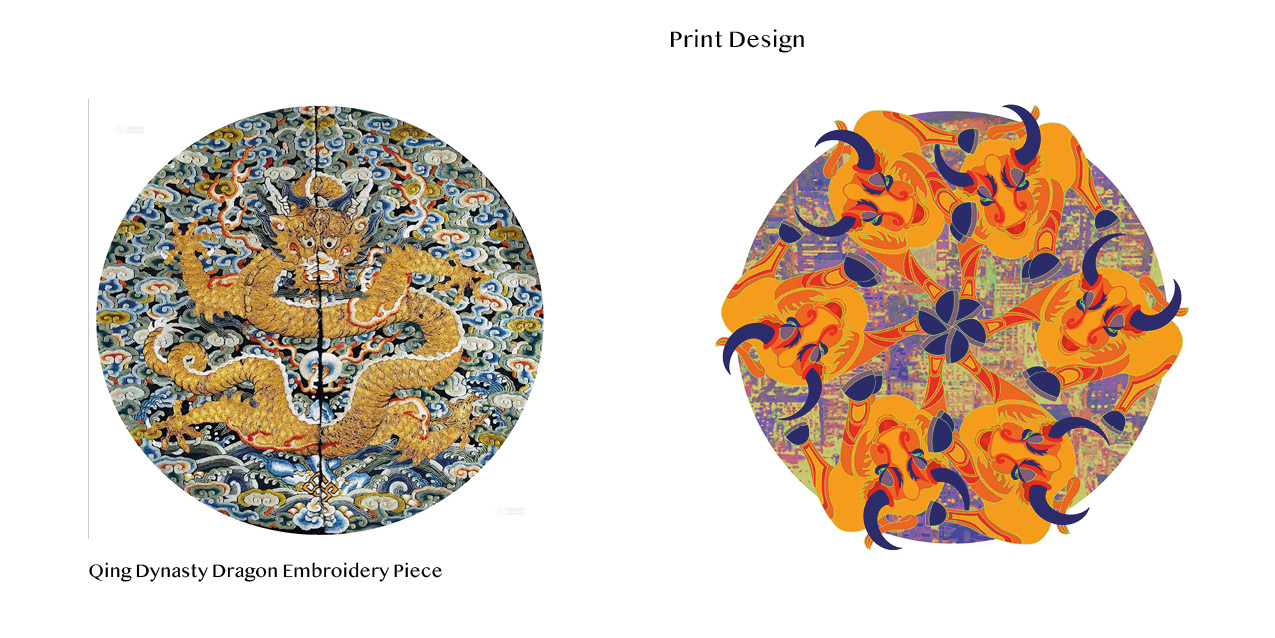

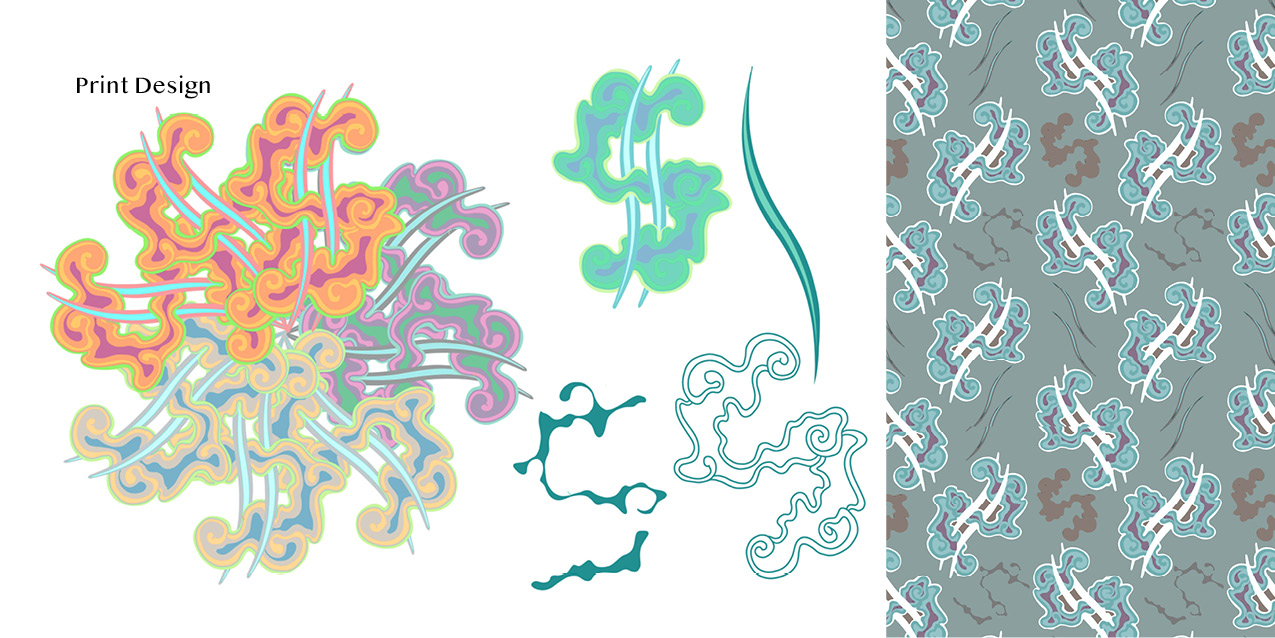
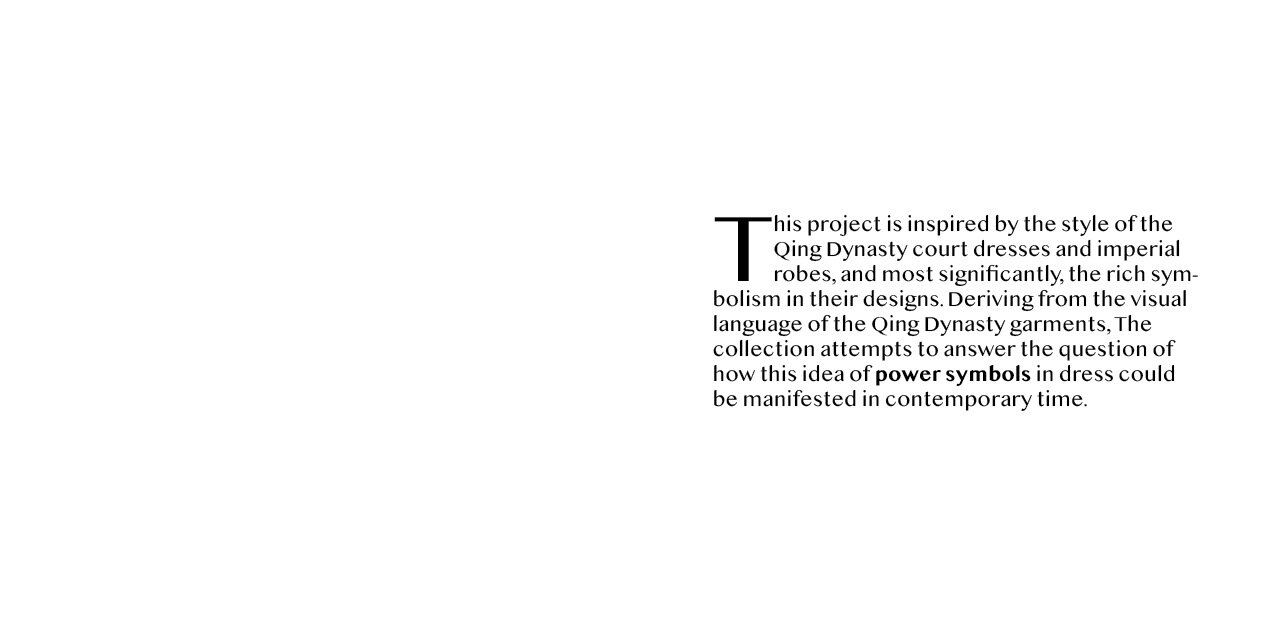
Minibook: Sketches (Carousel)
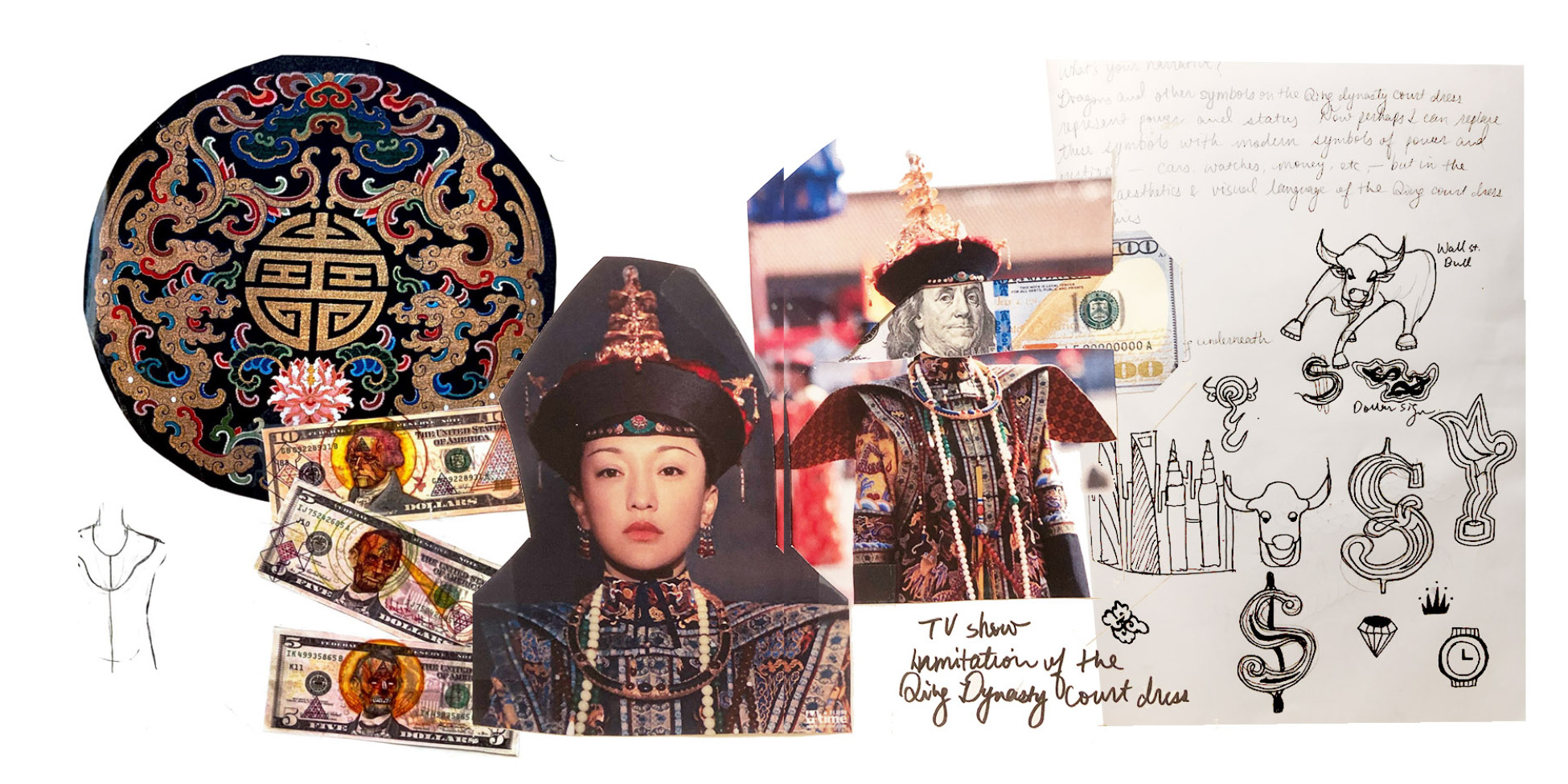
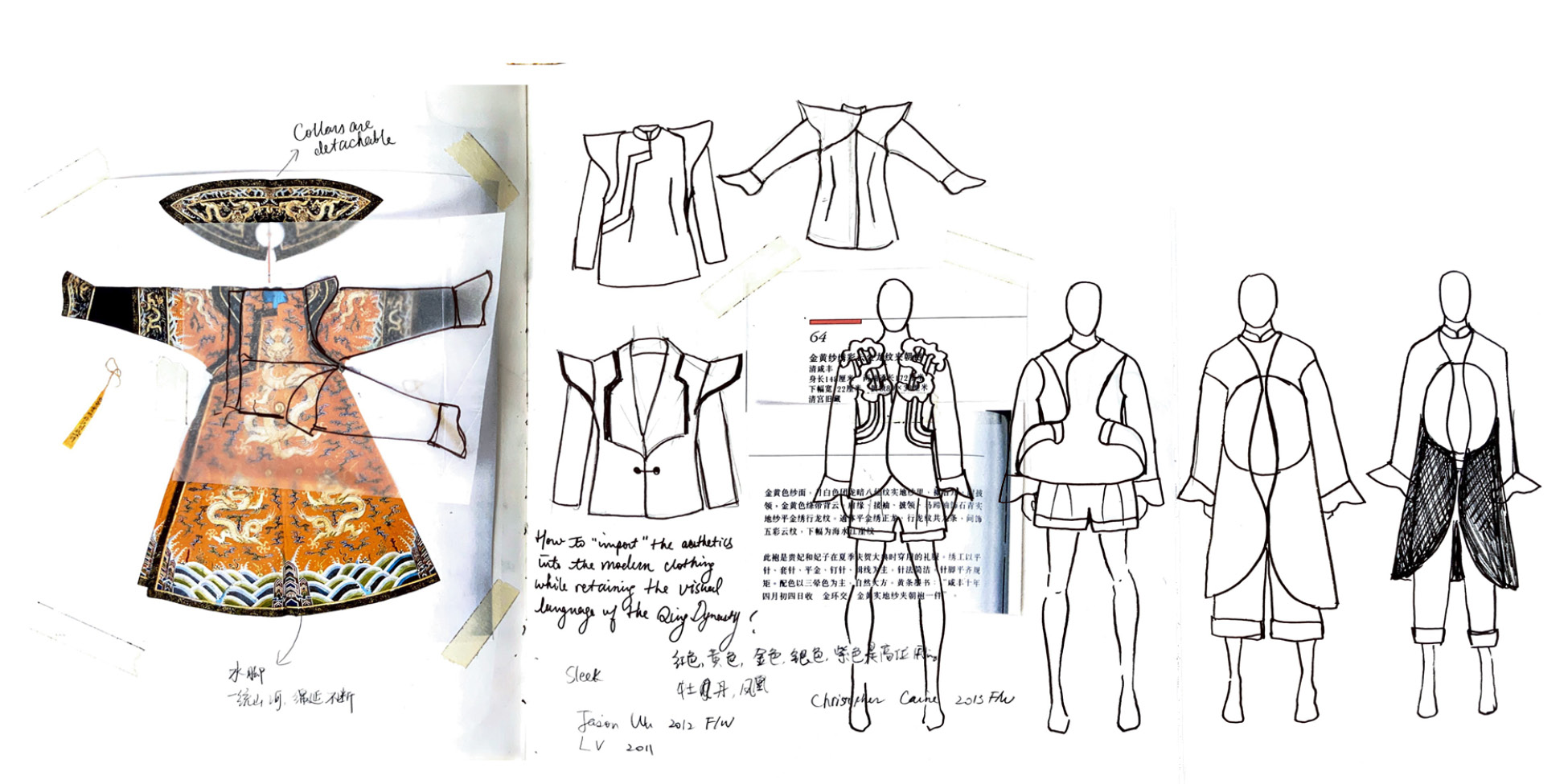
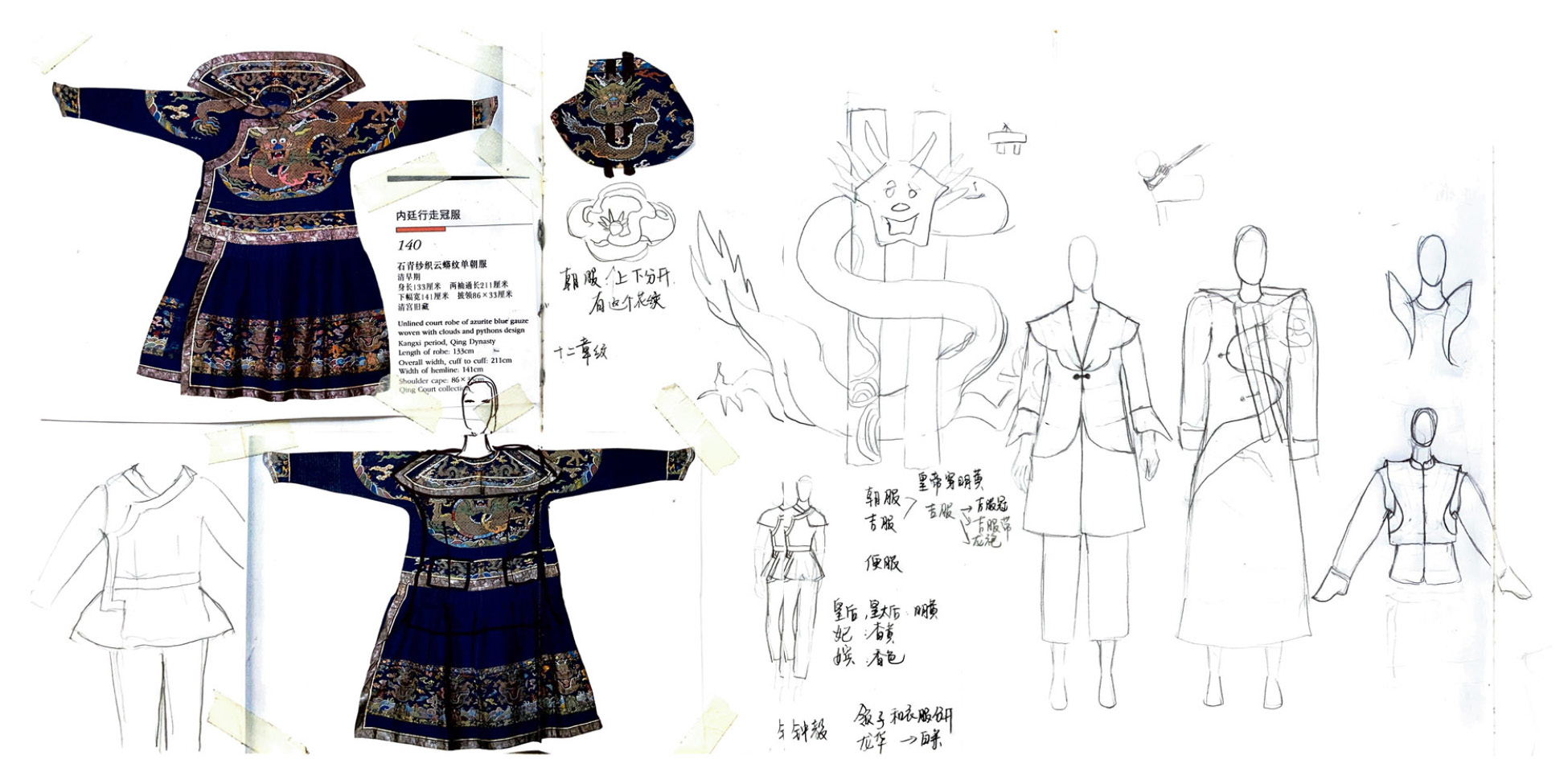

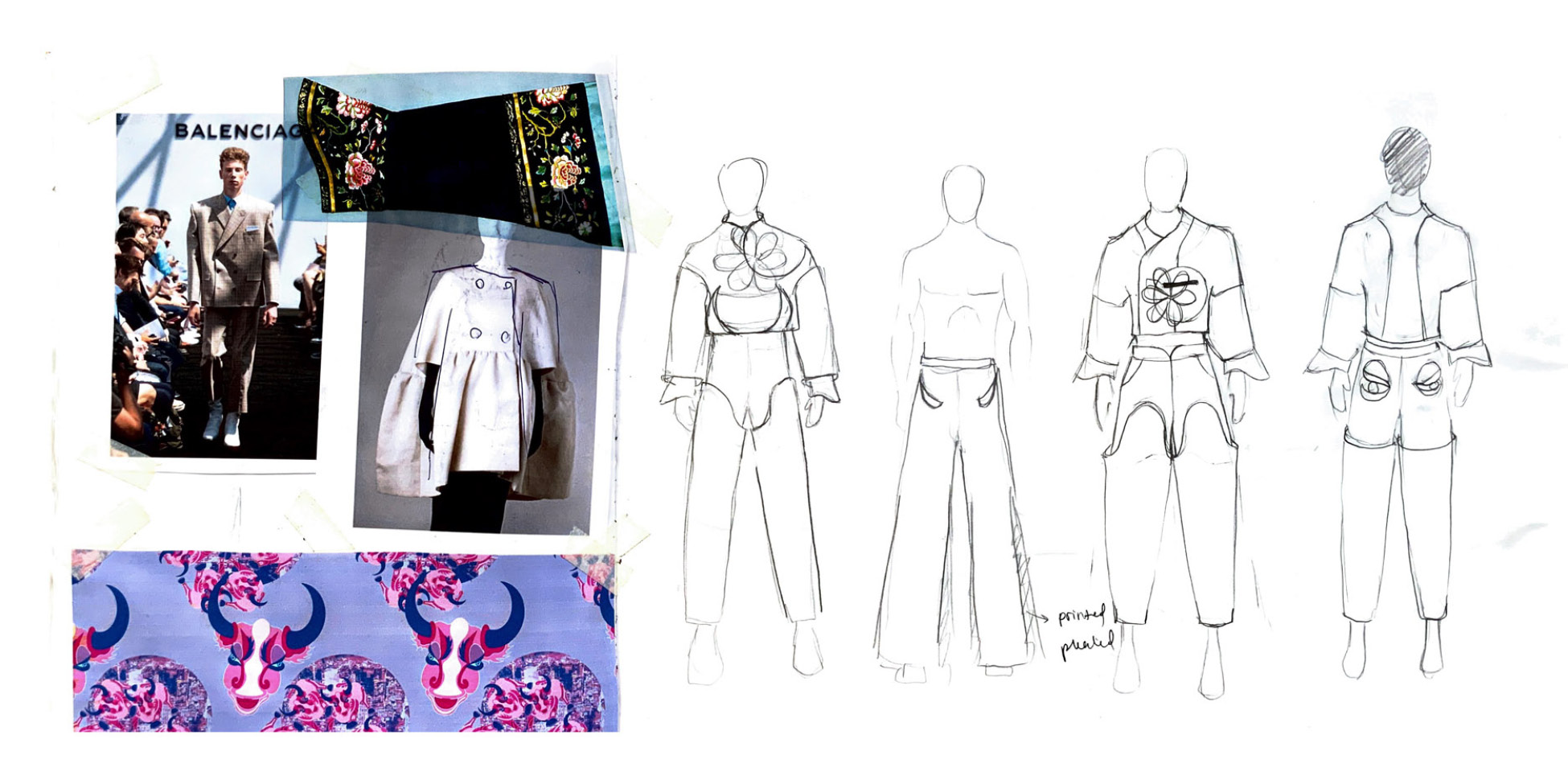
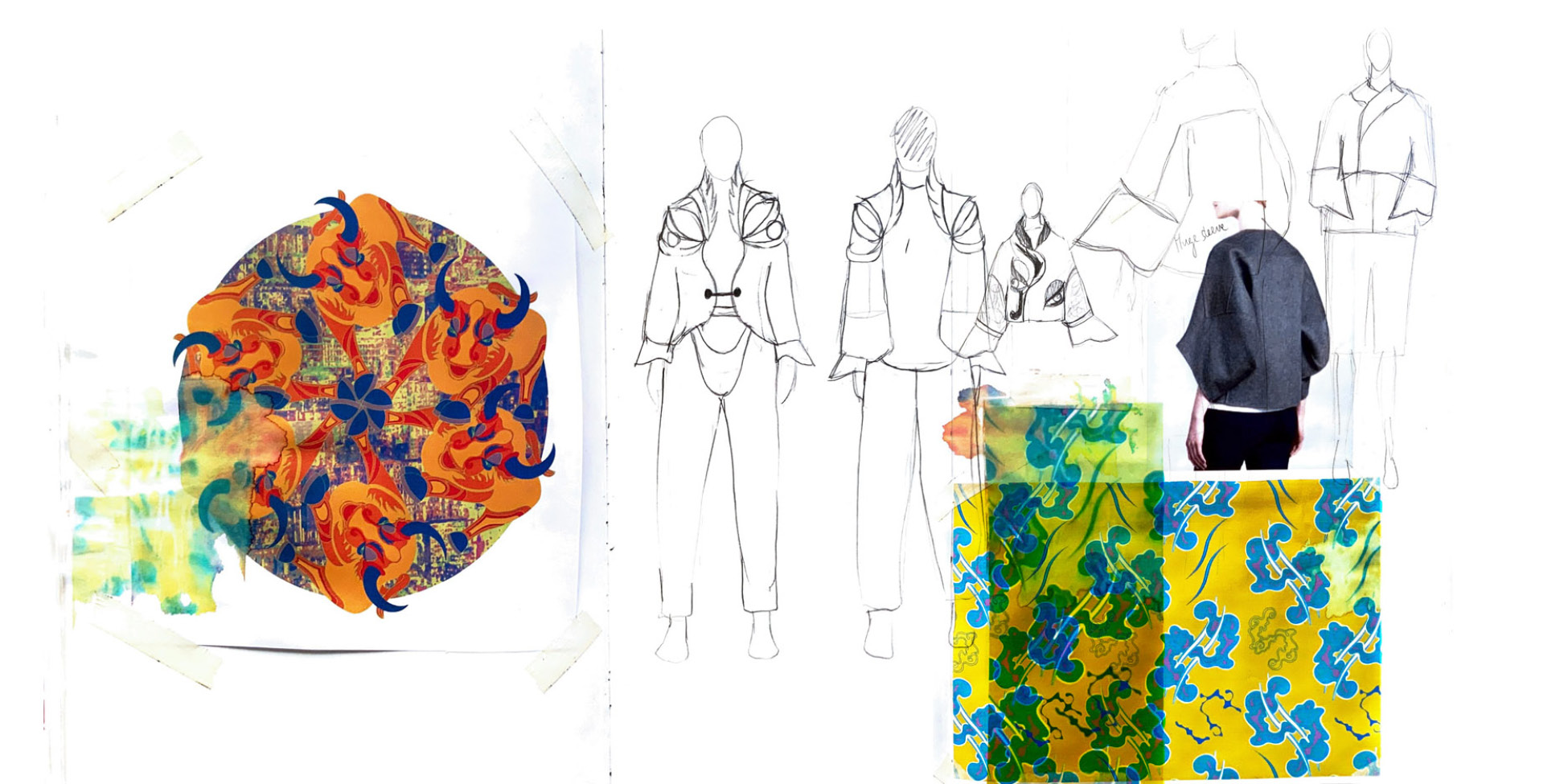
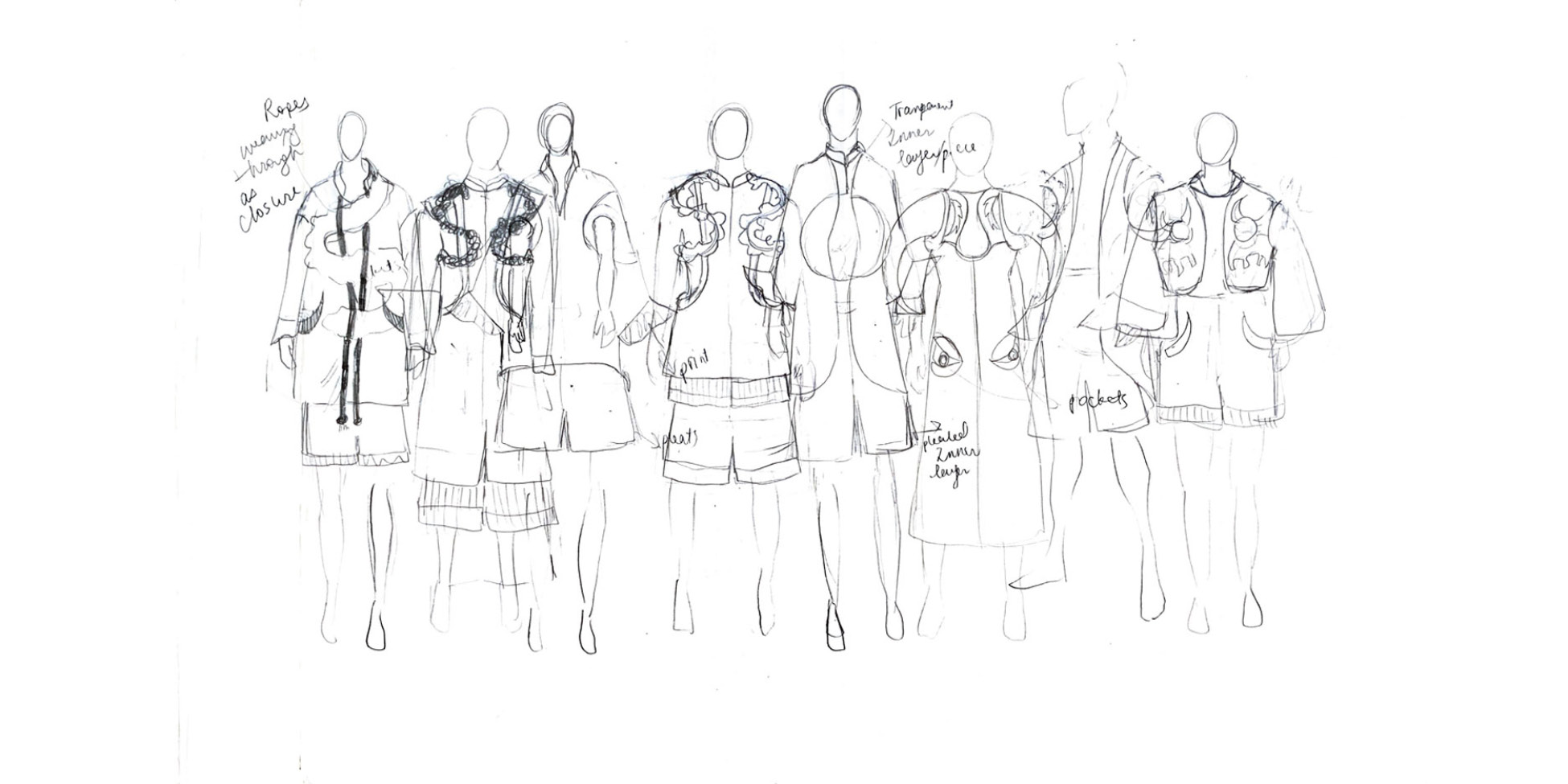
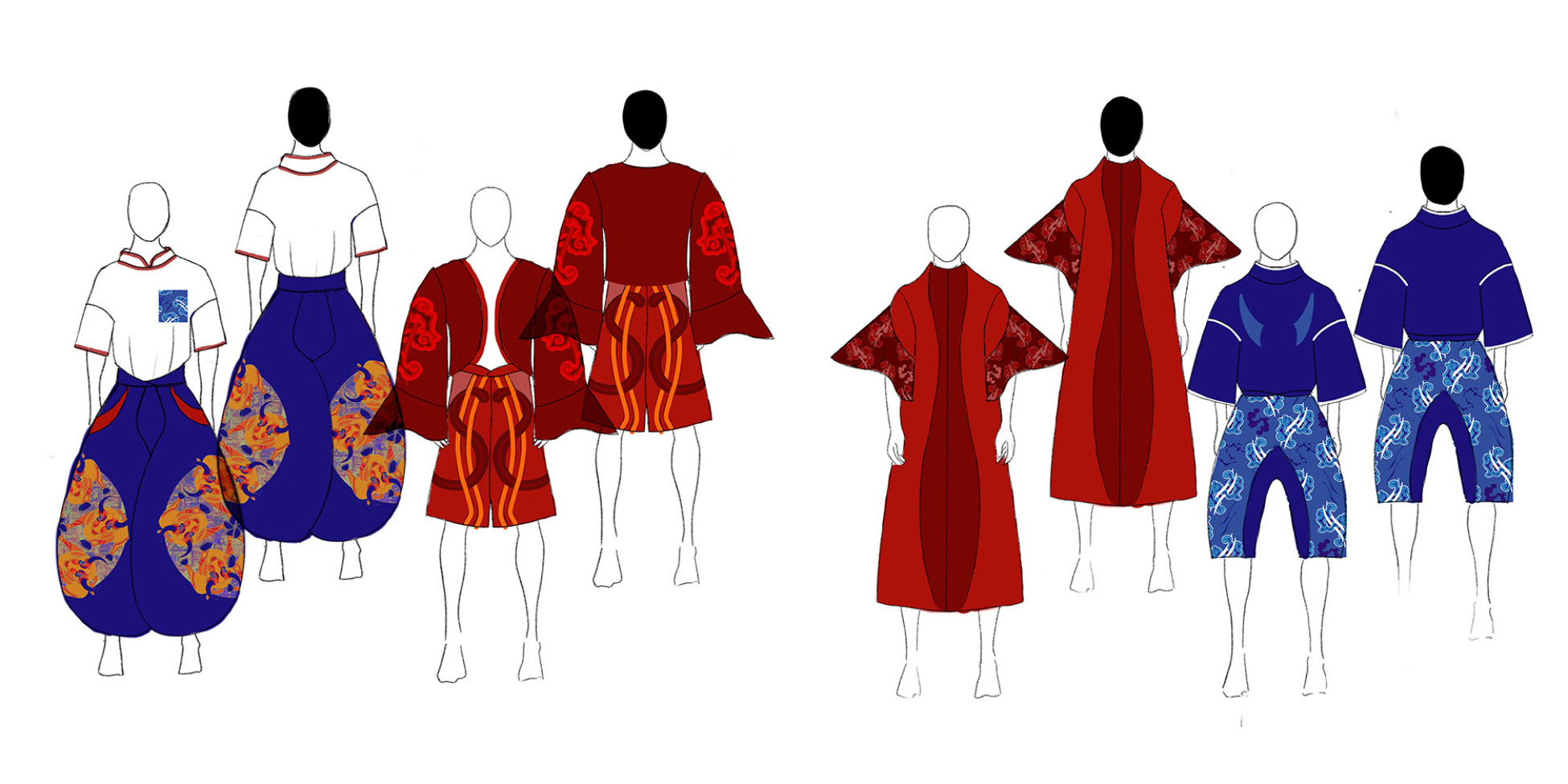
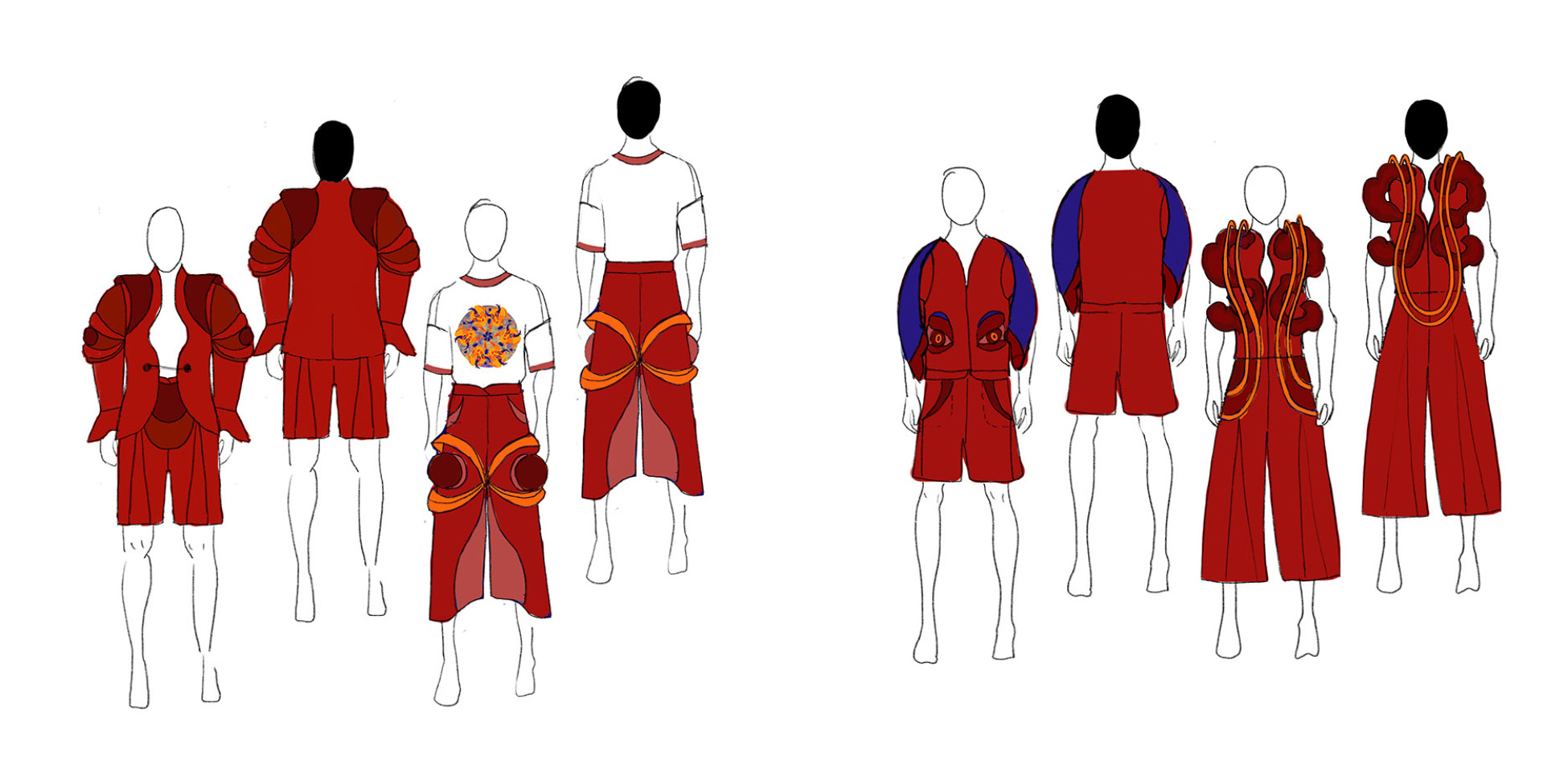
Minibook: Development (Carousel)
Final Line-up
Flats (Carousel)
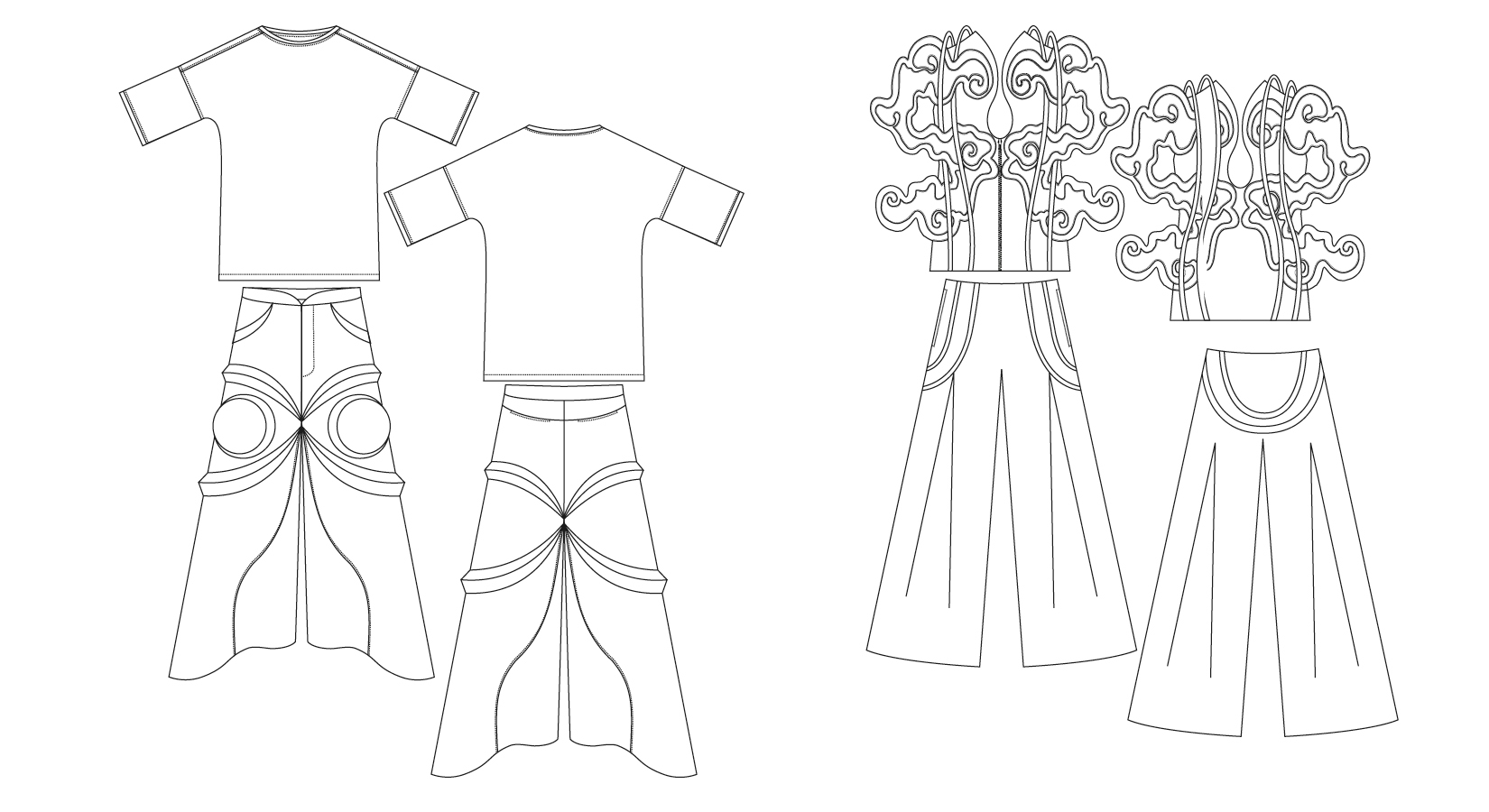
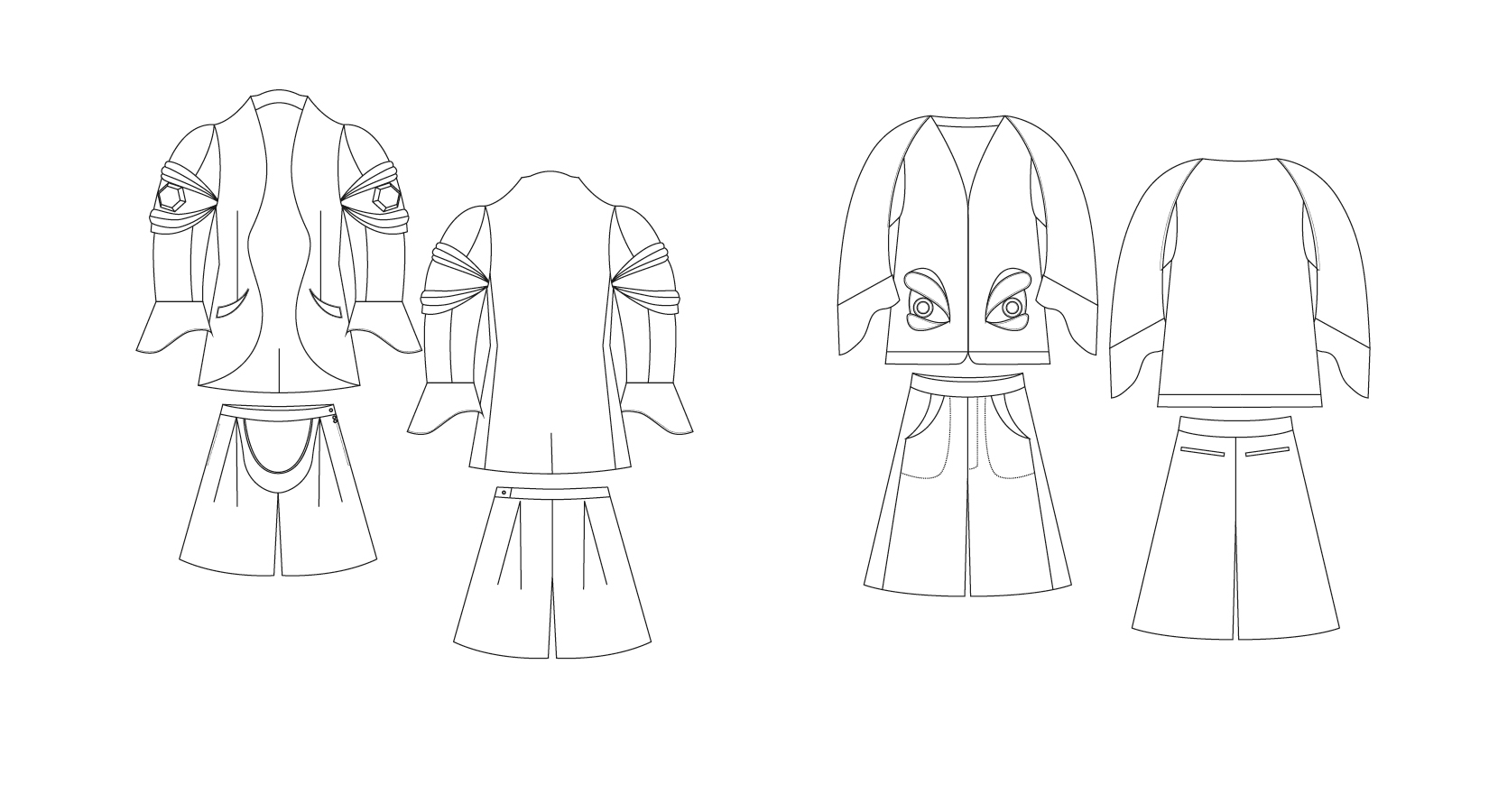
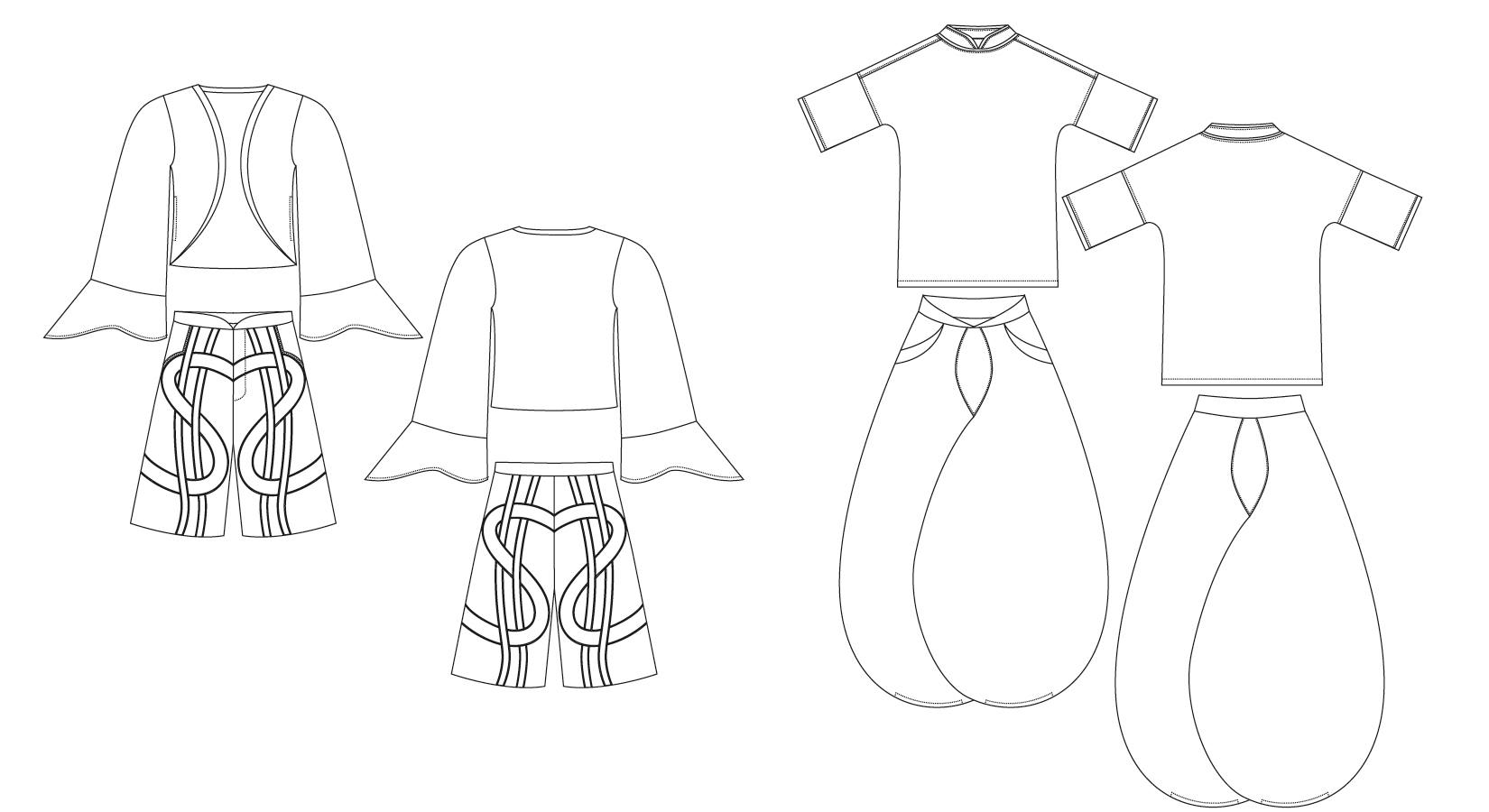

Final Garment photoshoot
The following photoshoot was done in the Astor Chinese Garden Court at the Metropolitan Museum in New York. The Garden, also known as Ming garden, is a replica of an authentic garden from Ming Dynasty in Suzhou, China. Although the garden is masterfully crafted and “authentic” in its designs and even materials, the glass window on top constantly reminds visitors of the artificiality of this landscape.

